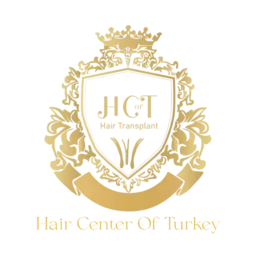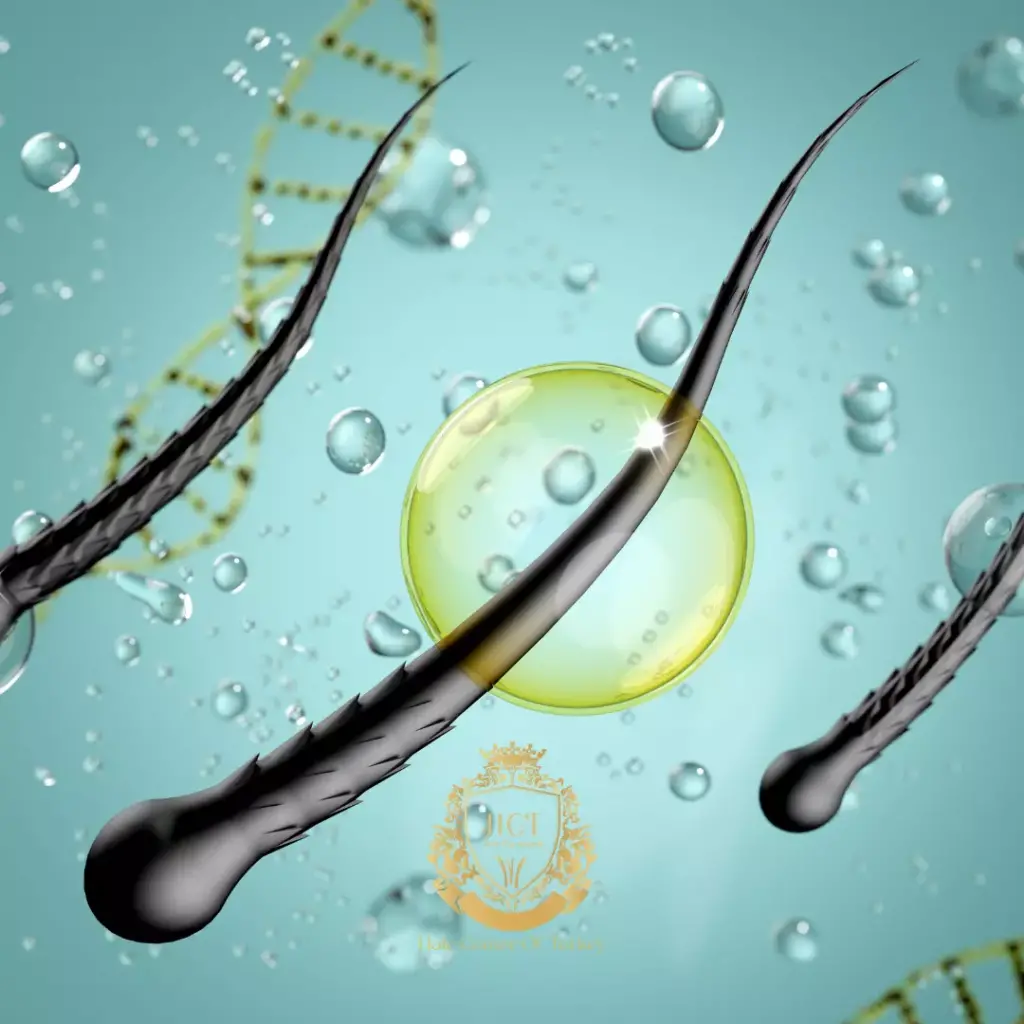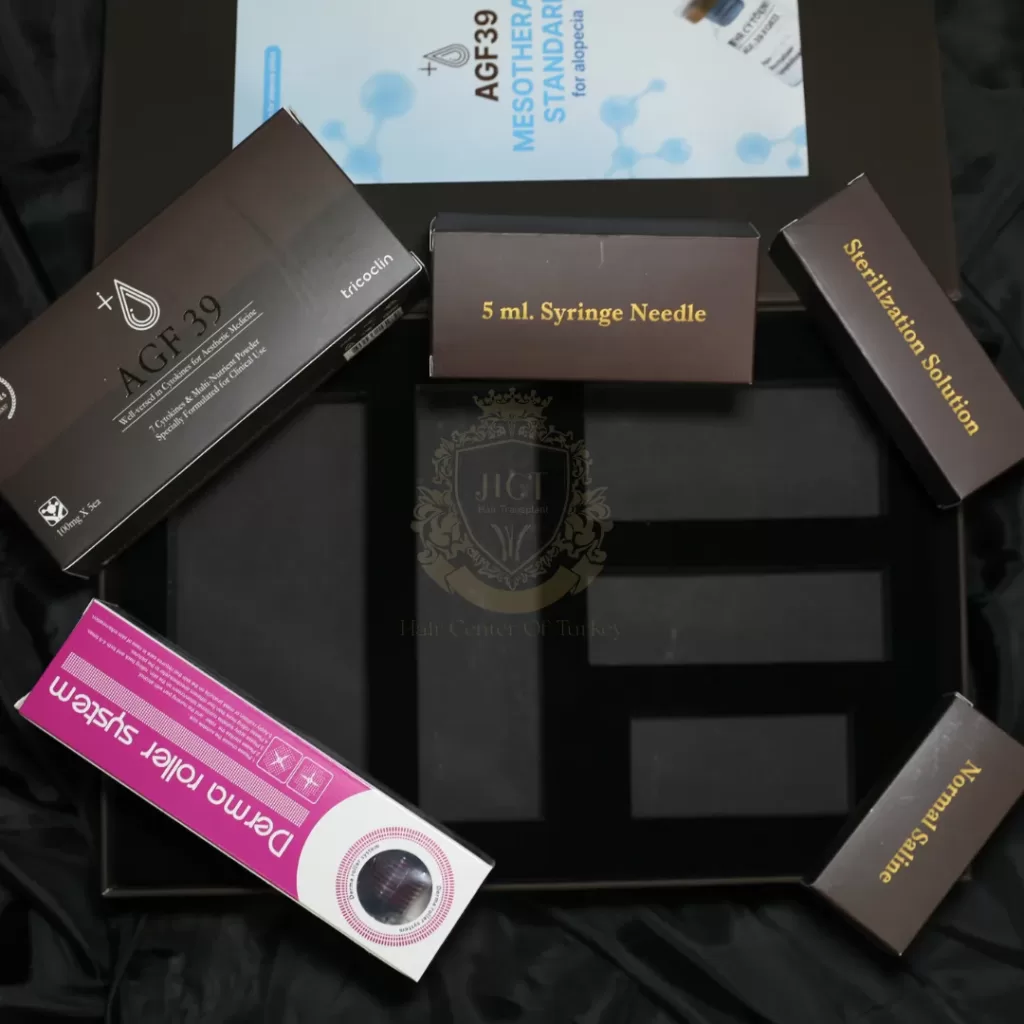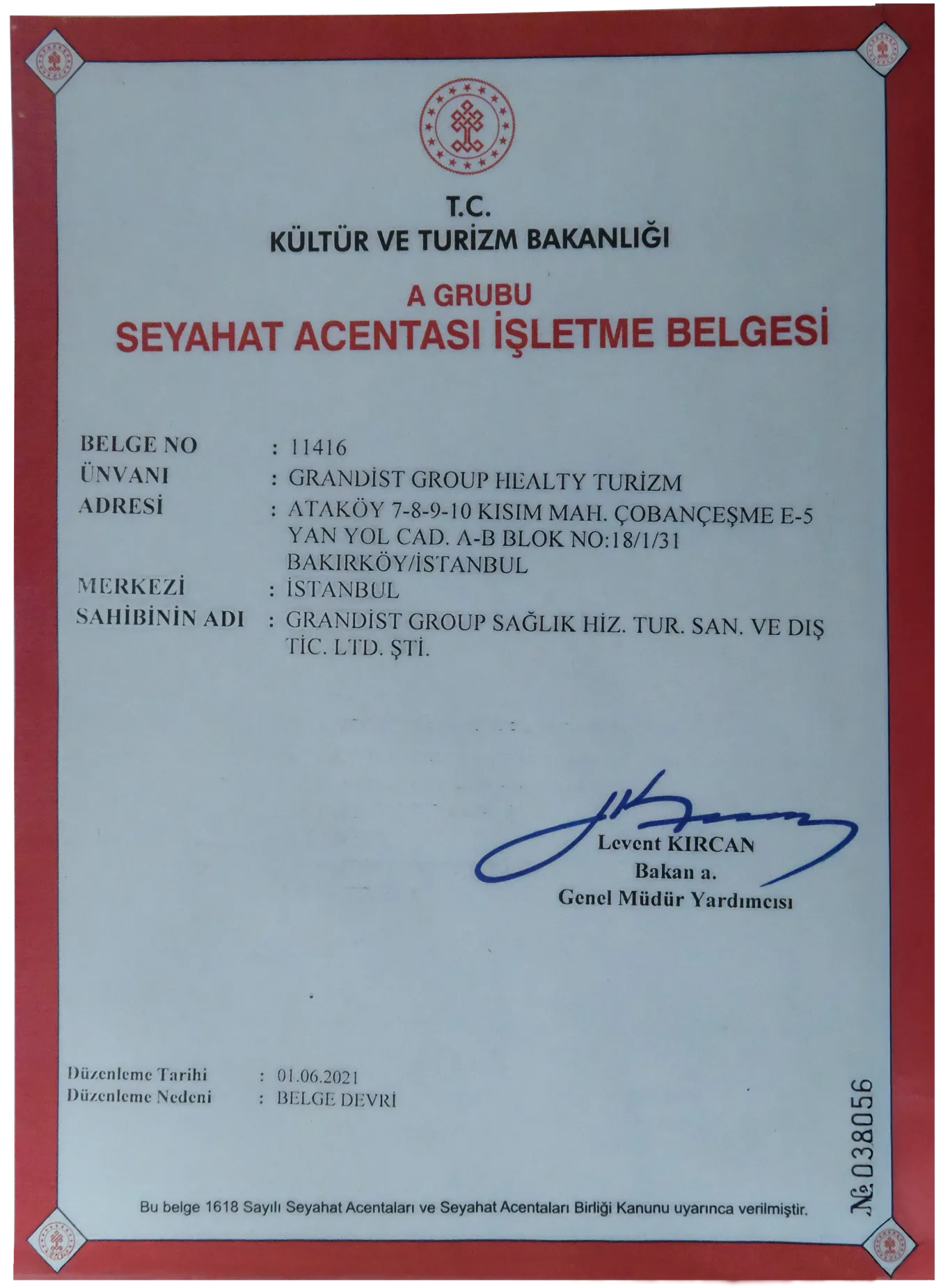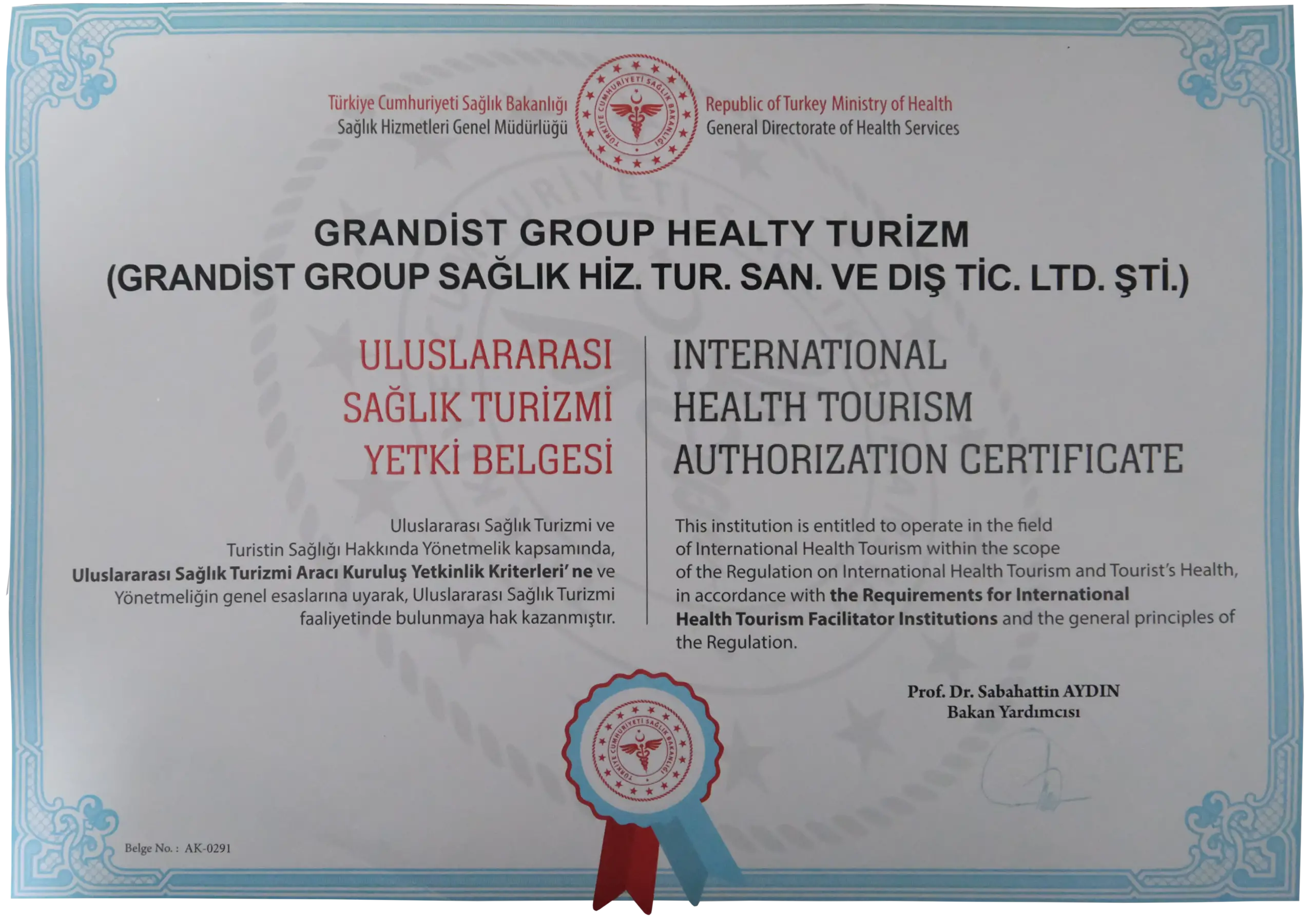Contact Us for Detailed Information About Hair Transplantation and Free Consultancy!
What Does the Donor Area Look Like After Hair Transplant?
Hair transplant in Turkey androgenetic alopecia, hormonal causes, stress, nutritional disorders are preferred quite often due to problems such as. This procedure, which is generally preferred by people with hair loss problems, is also applied by people who want to tighten their hair. Hair transplant operation consists of 2 stages. The operation is planned as the donor area where the hair grafts are extracted and the recipient area where the hair follicles extracted from the donor area will be transplanted.
The planned use of the donor area is an important factor for successful and reliable hair transplant. Those who want to learn detailed information about the health of the donor area after hair transplant and how the appearance will be after transplant can continue reading our article.
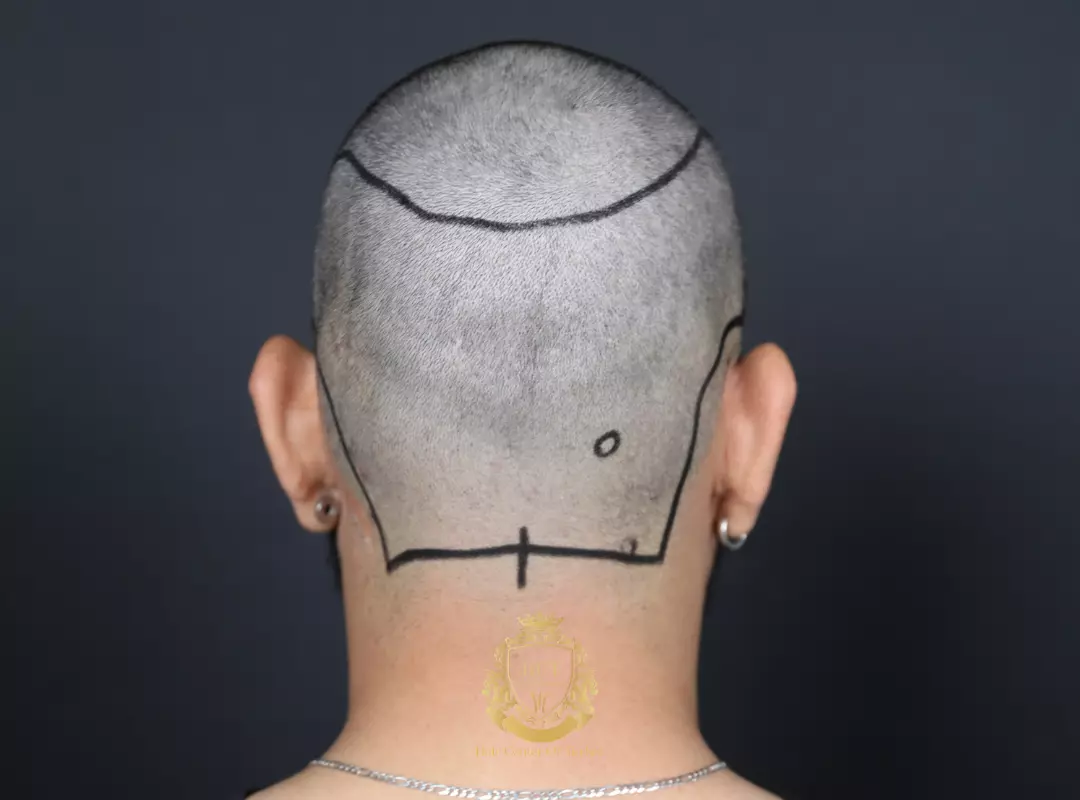
What is the Donor Area
The part where the hair follicles are removed is called donor. In hair transplant operations, the nape of the neck is usually used as the donor area. However, if deemed necessary, beard or chest parts can also be preferred as donor.
The hair taken from the donor area is expressed as grafts. Each graft contains between 1 and 4 hair follicles. The nape of the neck is the most preferred donor area. The high density of hair in the region is the biggest reason for this preference. In addition, the hair on the back of the head is preferred in hair transplant because it consists of hair that is genetically resistant to hair loss.
Why should the donor area be protected?
Protection of the donor area is one of the necessary steps for the successful completion of the hair transplant procedure. Contrary to the general opinion, the donor area is not a non-exhaustible area. After the hair is removed from the donor area for hair transplant operation, the hair in this area does not come back.
Therefore, when removing hair grafts from the donor area, they should be removed in a planned manner without disturbing the general appearance of the donor area after hair transplant. In addition, if a second hair transplant is desired, there should be enough grafts in the donor area.
In some cases, a second hair transplant may be required. The large area to be transplanted also increases the number of grafts needed. A patient who has undergone the first hair transplant may experience androgenetic alopecia after a few years. This condition, which does not develop in every patient, is usually seen in men. A patient with this problem may need hair transplant again. Therefore, the donor area should be healthy and fertile after the first hair transplant.
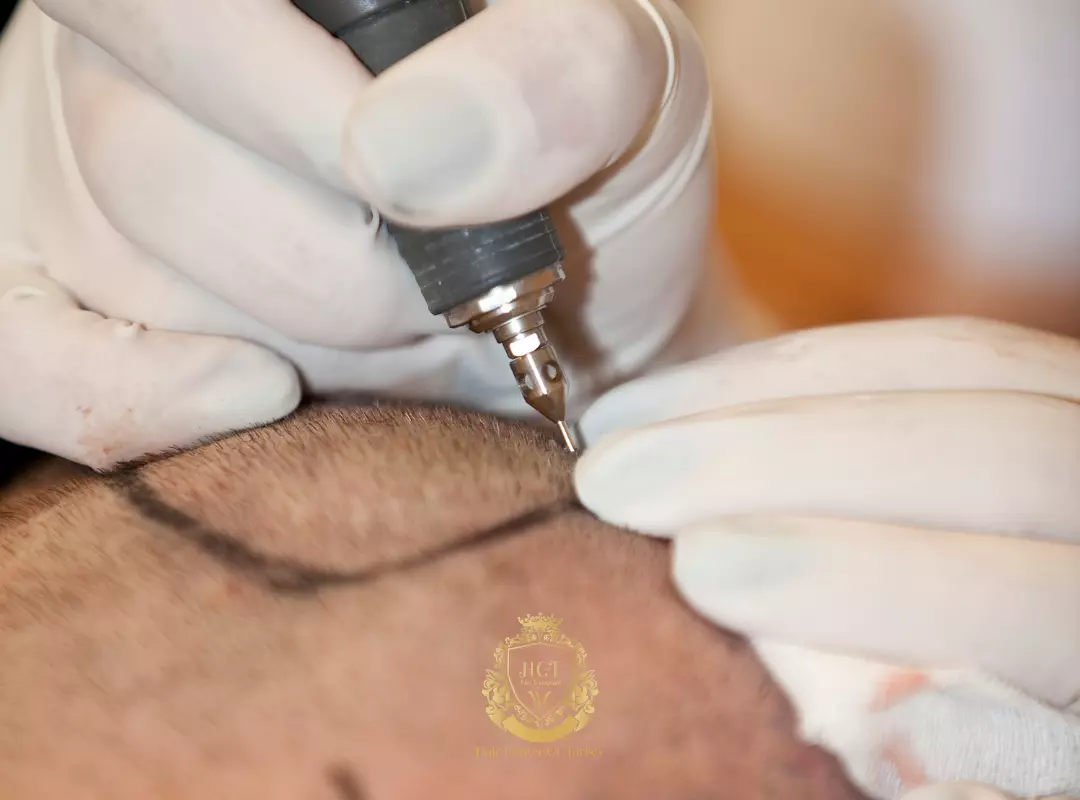
How is hair removed from the donor area?
Hair transplant is basically a process consisting of 3 stages. The first stage is the sedation procedure to numb the scalp and prepare the patient for the operation. Then, hair grafts are extracted from the donor area for 3-4 hours. In the last stage, the collected hair follicles are transplanted to the areas where the patient has a hair deficit.
Hair grafts are removed one by one from the donor area with devices called micro motor. Hair grafts usually consist of 1-4 hair strands. Hair grafts are kept in containers with solution together with the accompanying tissue. Thanks to this process, the hair follicles do not die, but are kept alive and made ready for transplant. After the graft collection process is completed, the hair transplant process is started.
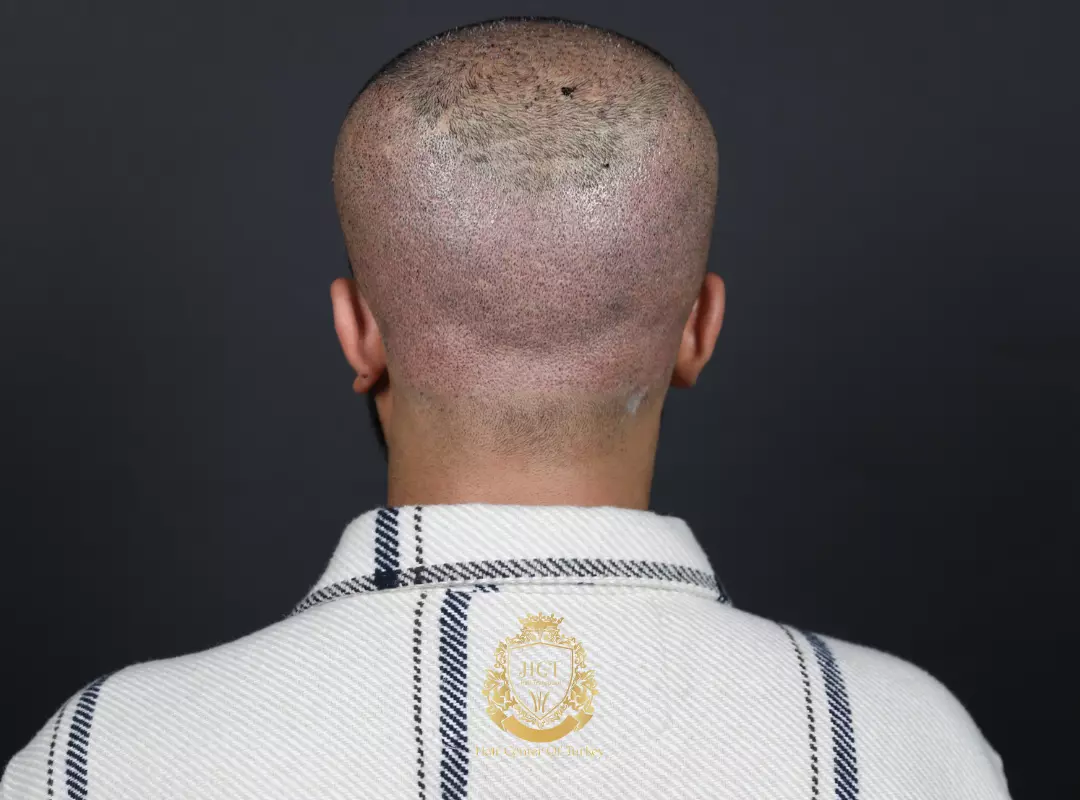
How Does the Donor Area Look After the Procedure?
The general appearance of the donor area after hair transplant is very important. The healing of the donor area and the correct growth of the remaining hair follicles are signs of a successful operation. Hair transplant operation will be successful as long as it is performed with the right methods and by experienced specialists. Maintaining the general appearance of the donor area and not removing excessive amounts of hair grafts from the area depends on the foresight of experienced doctors.
How Many Grafts Can Be Removed From The Donor Area?
According to an article published in the US National Library of Medicine (NLM), a maximum of 6250 grafts can be removed from the donor area. A person has approximately 50,000 follicular units of hair on the scalp. While 37,500 of these are located on the front of the person, the remaining 12,500 follicular units are located in the nape area. In order not to spoil the general appearance of the donor area, a maximum of 50% of the units can be removed from this area. This corresponds to 6250 follicular units.
How does the donor area heal after the operation?
After the hair transplant operation, the donor area heals after 1 month and regains its old appearance. In this process, the wounds in the nape area scab first, and then the scabs fall off. During the scabbing process, the patient should not interfere with the scabs and should not touch the scabs too much. Otherwise, the healing process of the area will be prolonged.
Will the hair in the donor area grow back after a hair transplant?
With the help of a micromotor, the hair follicles taken from the donor area do not grow again. However, the remaining hair grows back. The removal of hair grafts in a manner planned by hair transplant specialists preserves the general appearance of the donor area. The growth of the remaining hair allows the donor area to regain its former appearance.
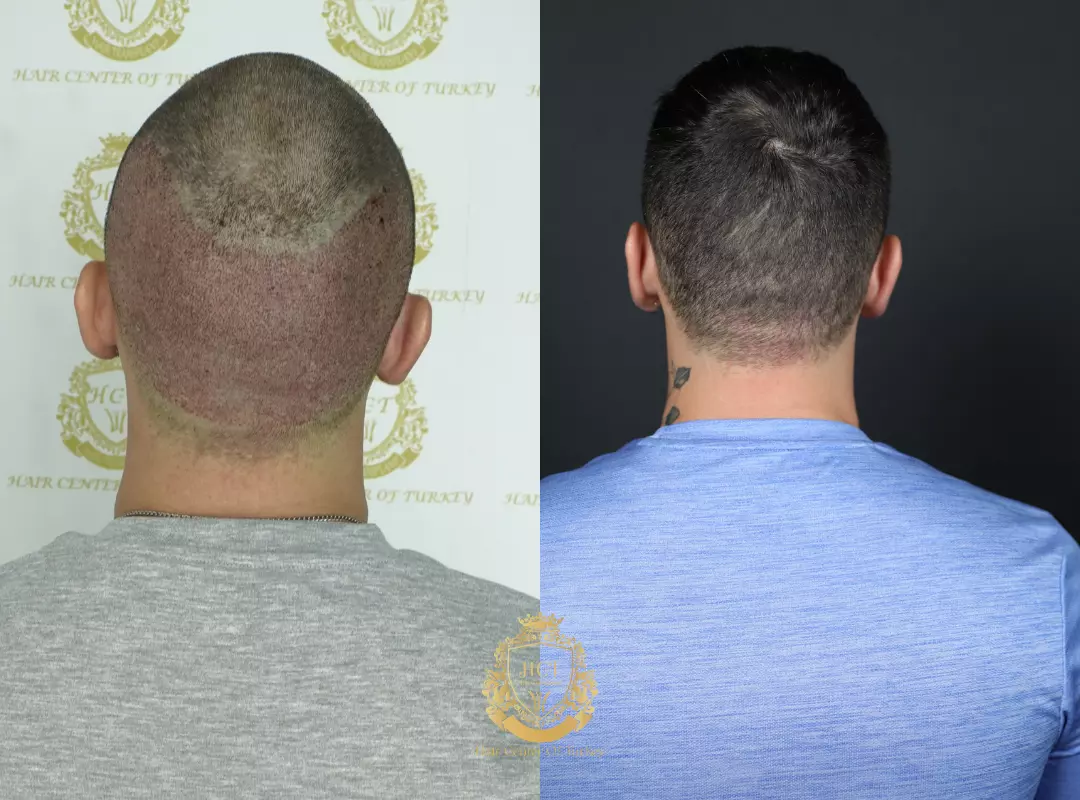
Will there be a scar in the donor area after the operation?
After the operation, a very small scar remains in the donor area. These scars are in the form of small white marks. After the hair growth in the donor area, these scars will not be noticeable from the outside.
Is the Lack of Donor Area an Obstacle to Transplant?
Hair transplant is performed using the person’s own hair. Having fertile and healthy hair follicles in the donor area is the first rule for the procedure to take place. It is very difficult for a patient with severe hair loss to have a hair transplant if there are not enough grafts in the donor area.
FAQ (Frequently Asked Questions)
Yes, small scars may remain in the donor area after hair transplantation.
However, these scars are very small and not obvious in hair transplants performed with the FUE (Follicular Unit Extraction) method.
In hair transplants performed with the FUT (Follicular Unit Transplantation) method, long and linear scars may remain in the donor area.
The scars at the donor site usually heal within a few weeks.
However, complete healing may take several months.
The healing process may vary depending on the skin type and general health of the person.
There are a few things you can do to hide the scars at the donor site:
You can cut your hair short.
You can wear a hat or beret to cover the donor area.
You can use camouflage products specially designed for the donor area.
After hair transplantation, you may feel some pain and discomfort in the donor area.
However, this pain and discomfort is usually mild and passes within a few days.
Your doctor may prescribe you painkillers.
Yes, the hair in the donor area will grow again.
However, it will not be as thick and dense as the transplanted hair.
The hair in the donor area will follow the normal hair growth cycle and will fall out over time.
Contents
- What is the Donor Area
- Why should the donor area be protected?
- How is hair removed from the donor area?
- How Does the Donor Area Look After the Procedure?
- How Many Grafts Can Be Removed From The Donor Area?
- How does the donor area heal after the operation?
- Will the hair in the donor area grow back after a hair transplant?
- Will there be a scar in the donor area after the operation?
- Is the Lack of Donor Area an Obstacle to Transplant?
- Turkey Hair Transplant Before and After
- Hair Center of Turkey Reviews
Our Before & Afters
Watch our video to examine dozens of hair transplant before and results.
Turkey Hair Transplant Before and After
Hair transplant Turkey before and after are the first things that people who are considering hair transplantation are curious about. Click the button to browse this and more.
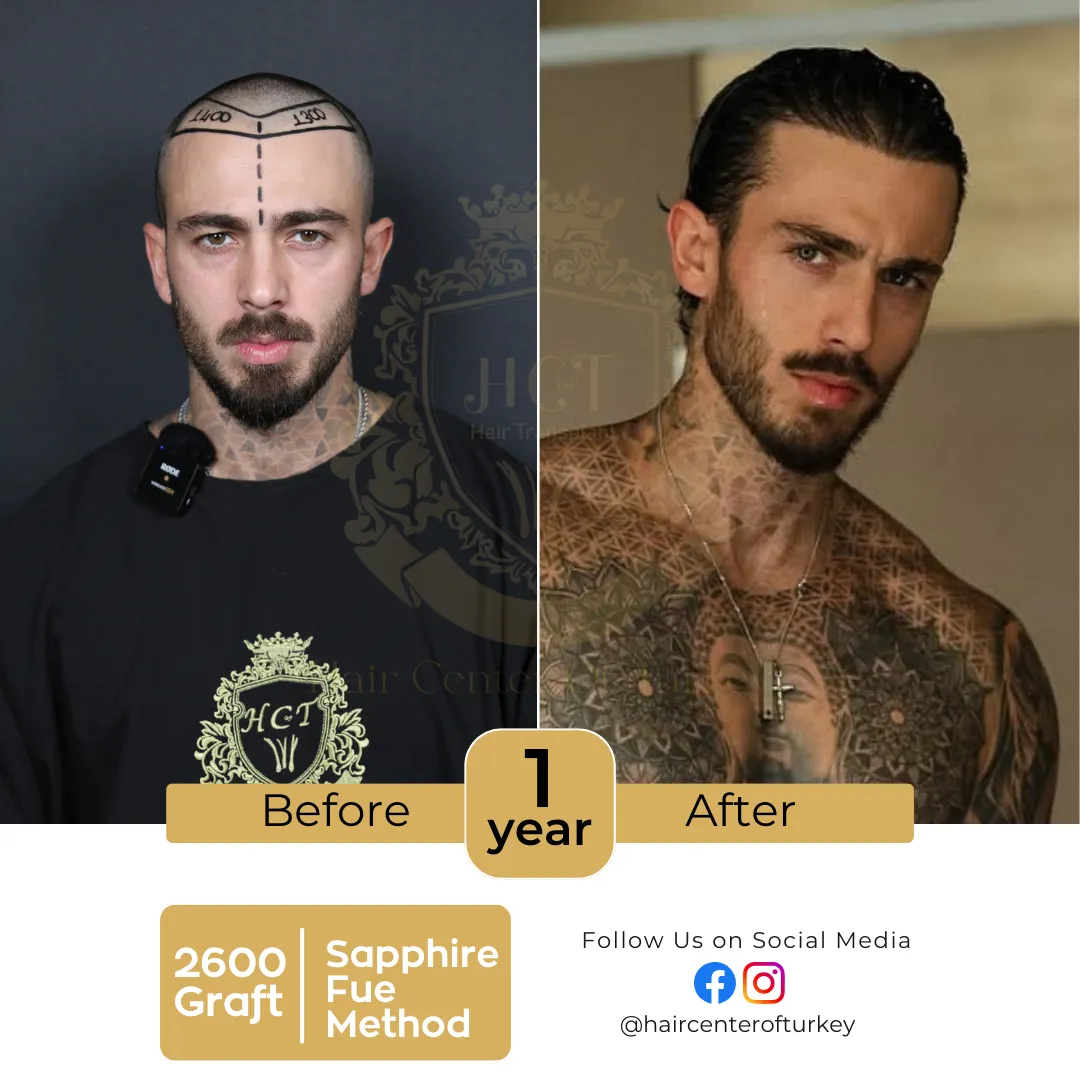
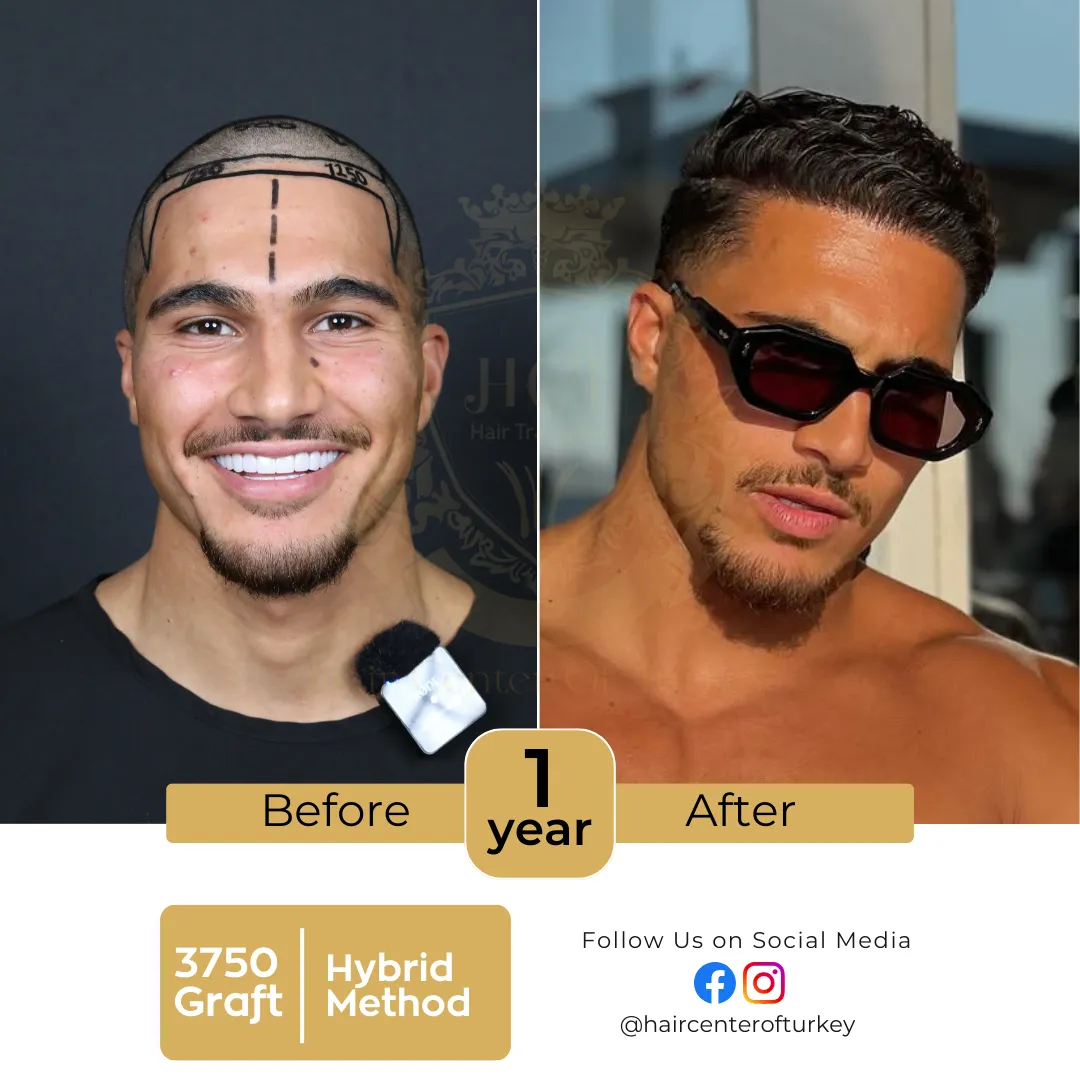
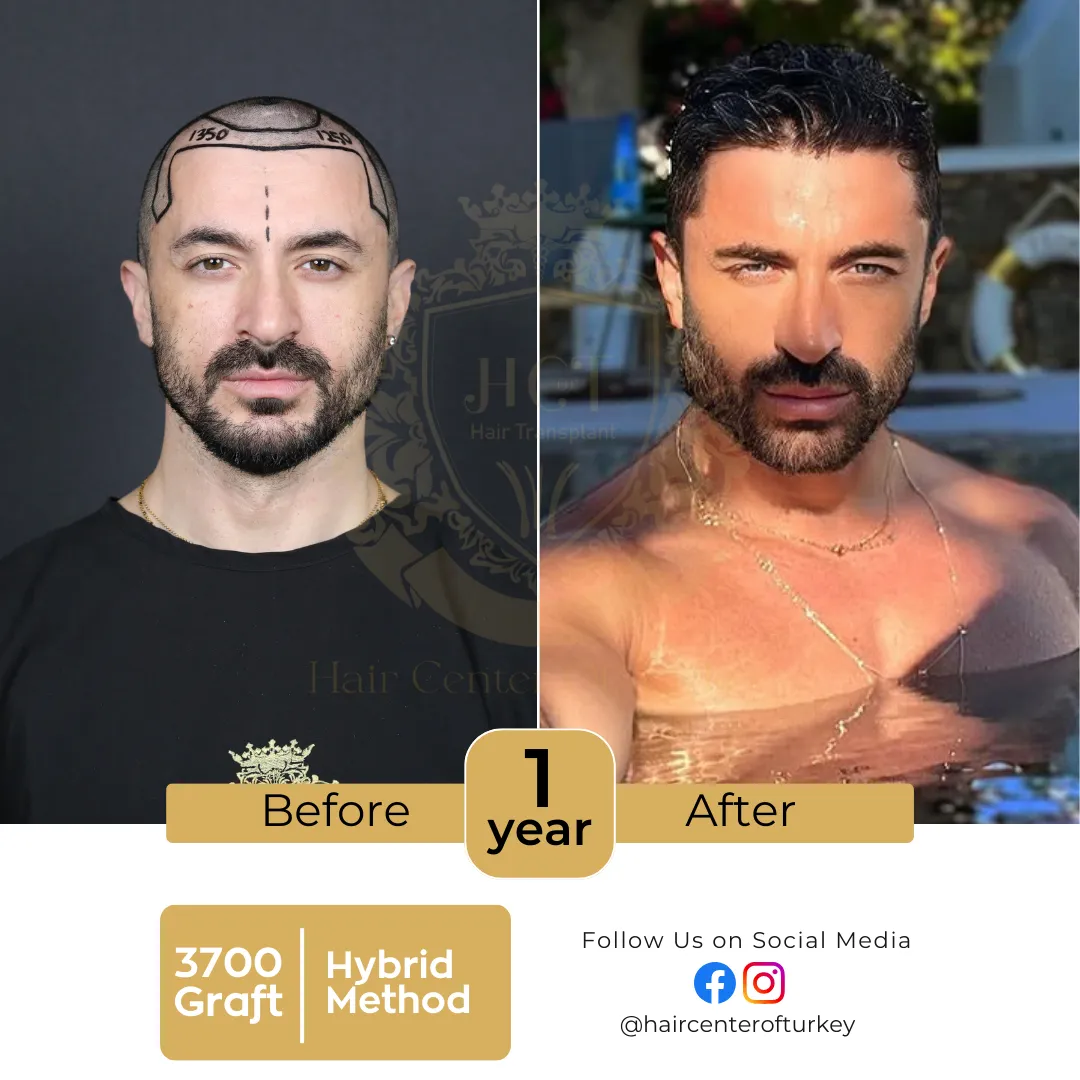
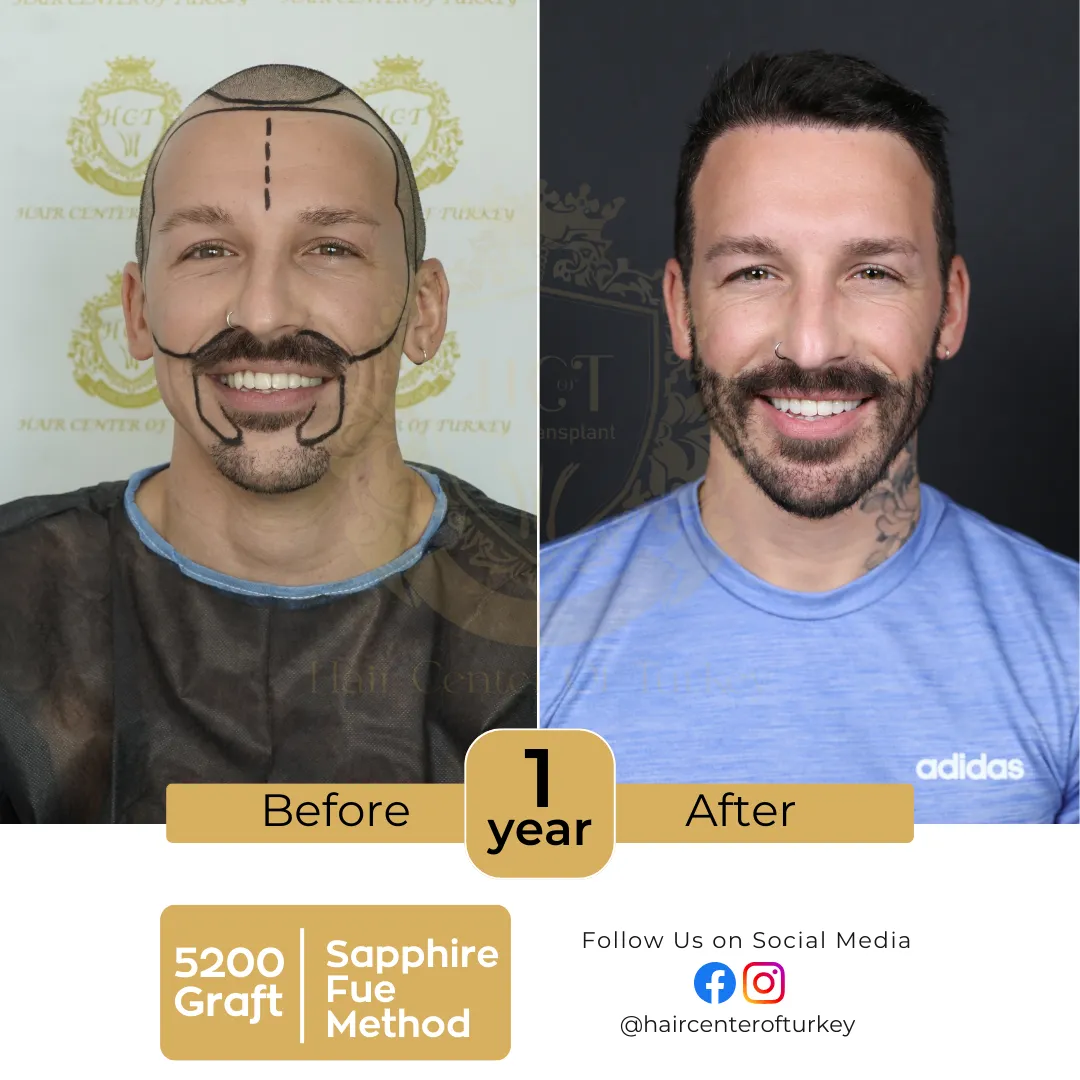
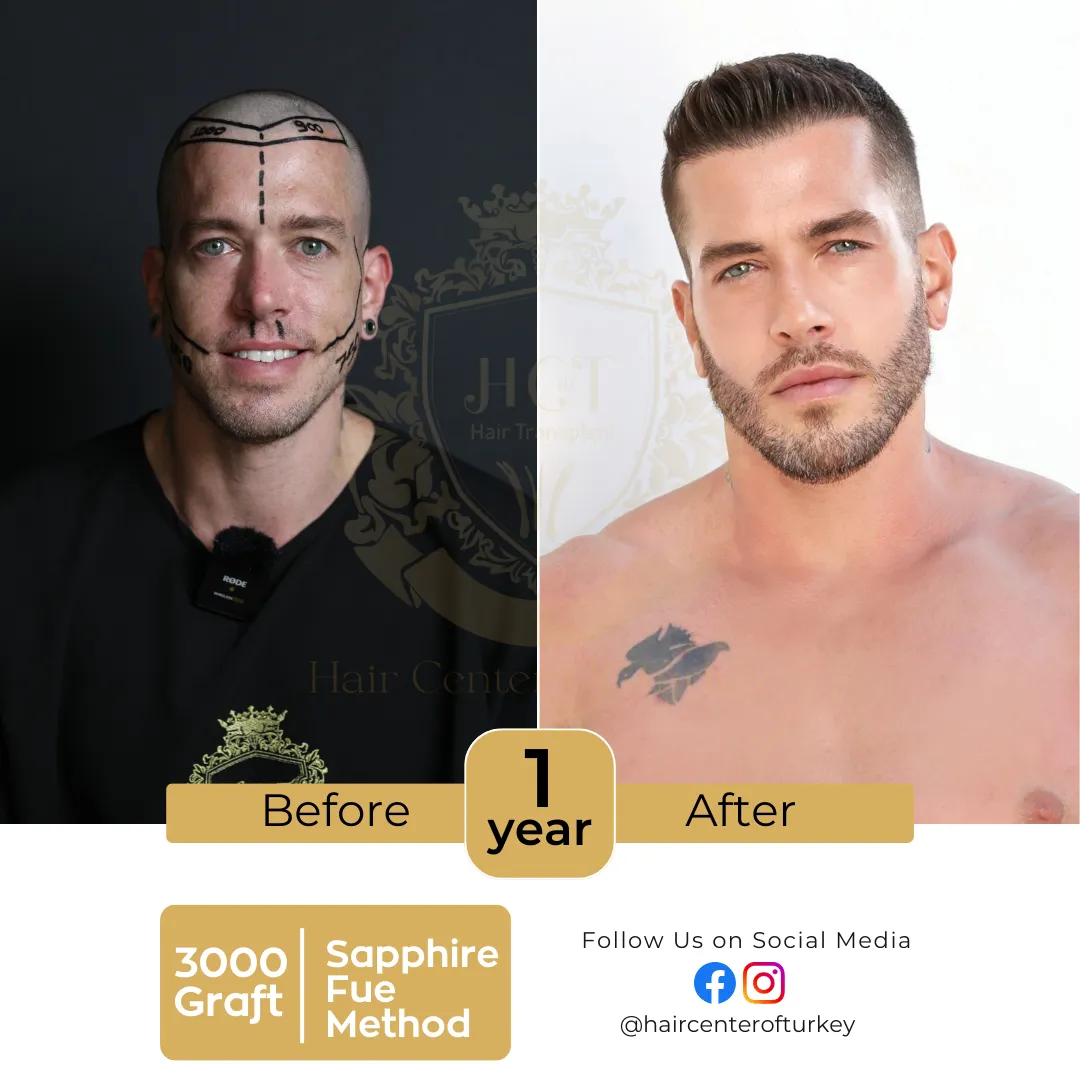
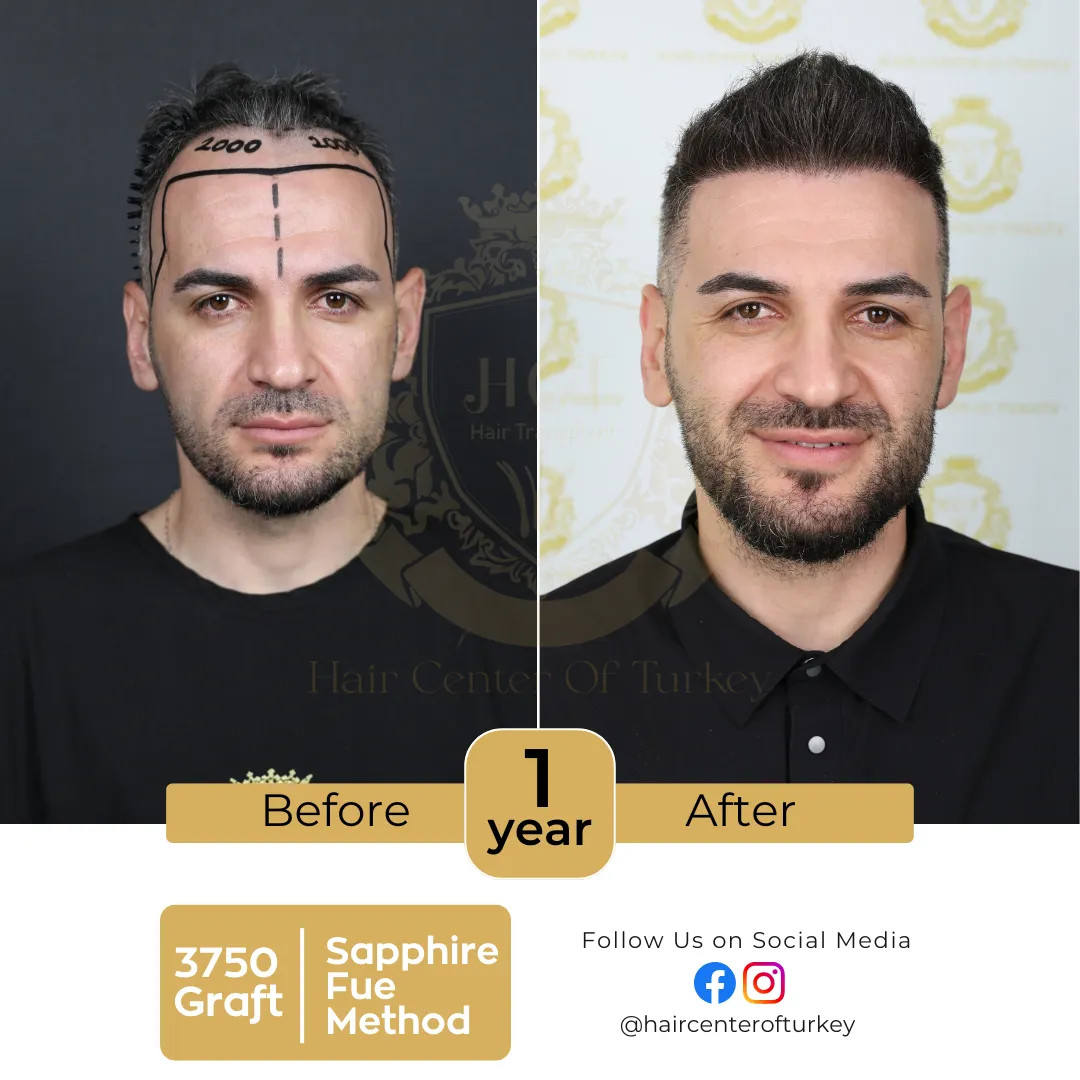
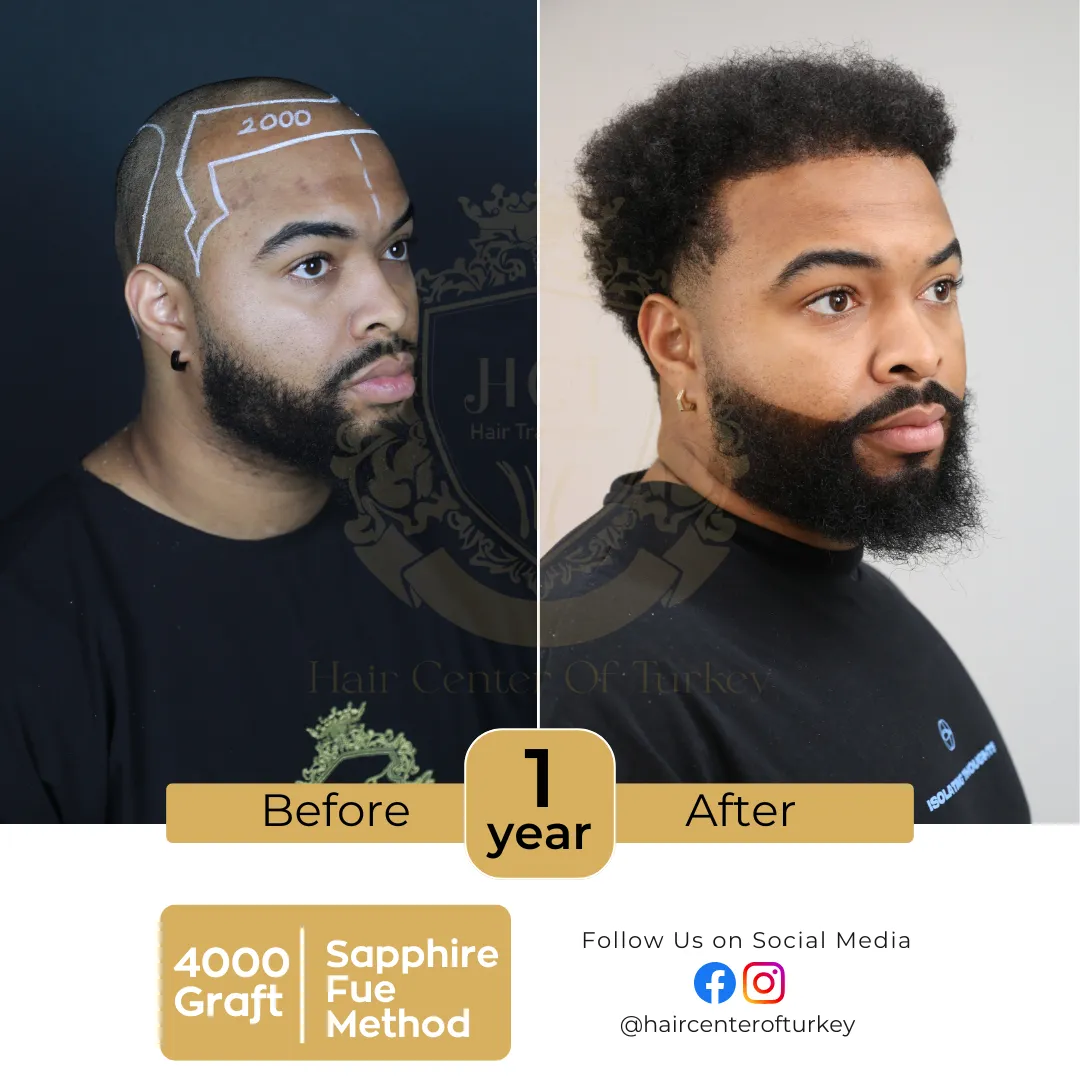



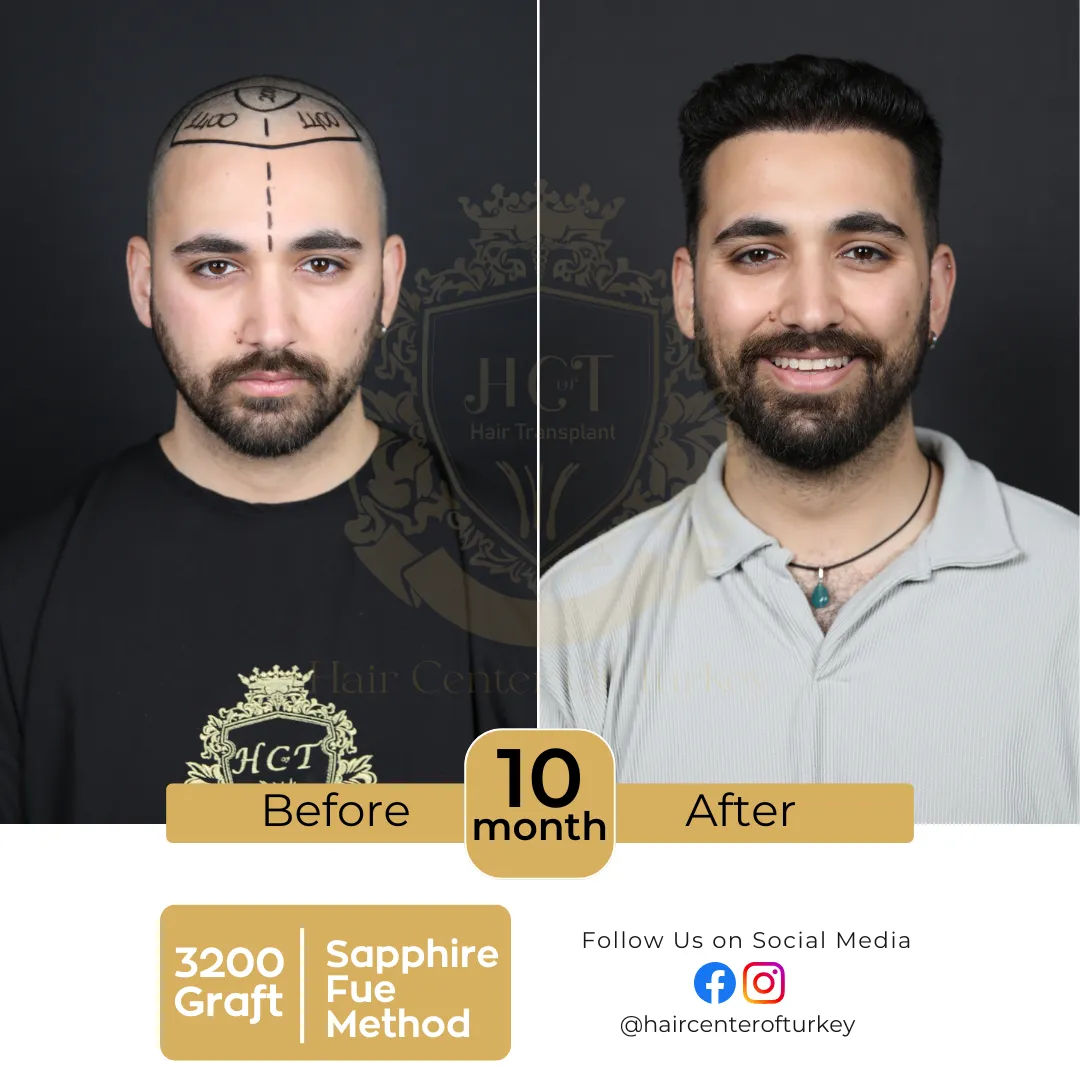
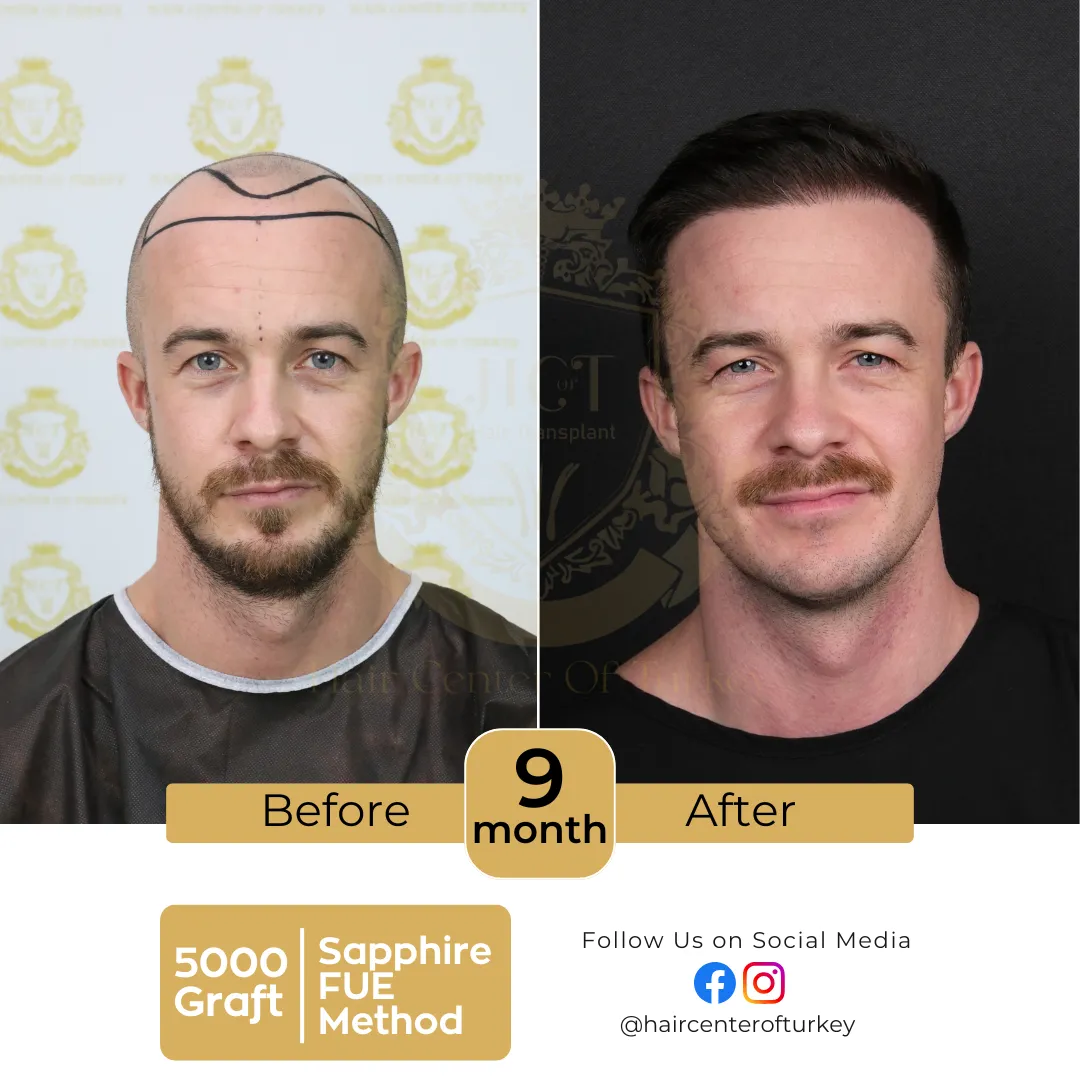

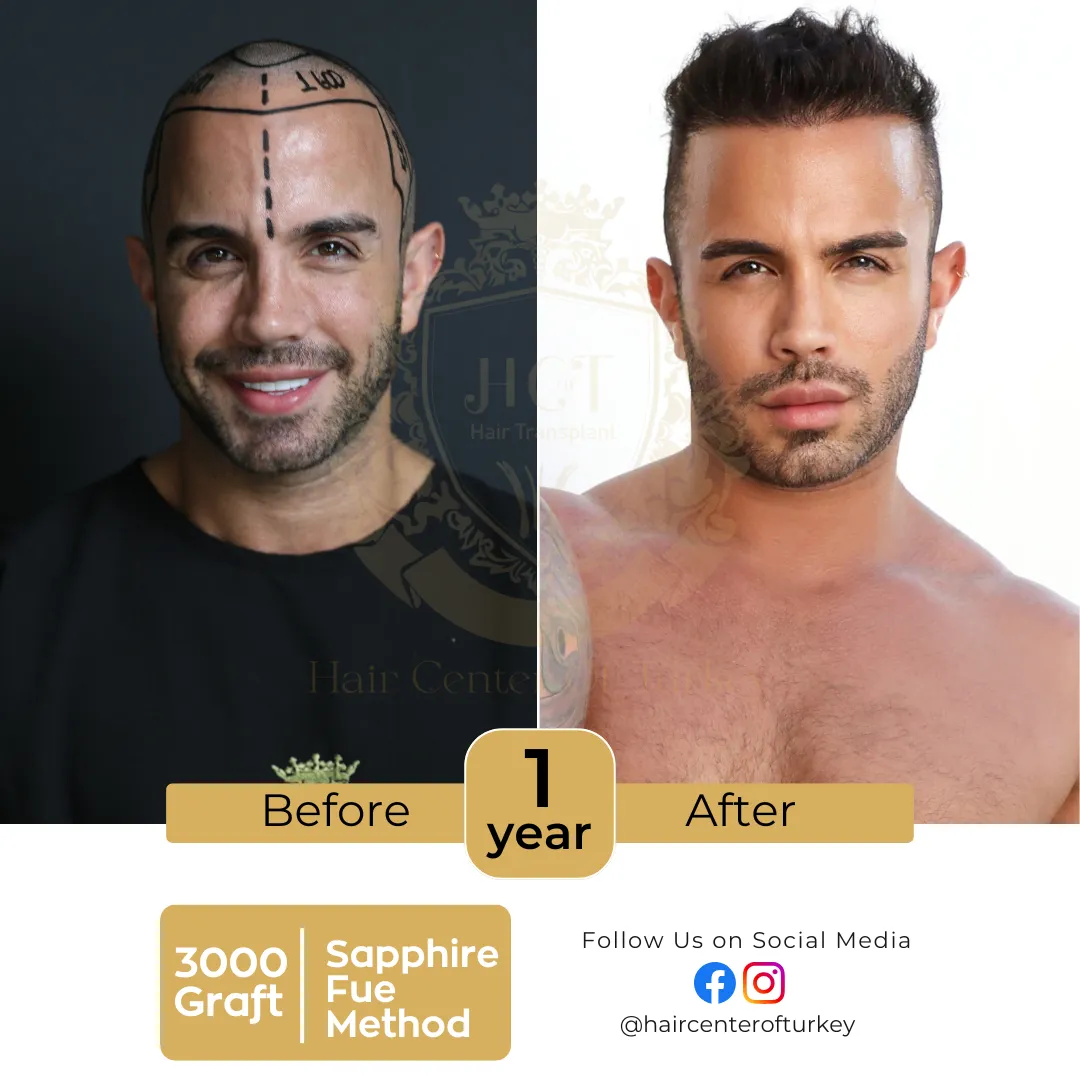
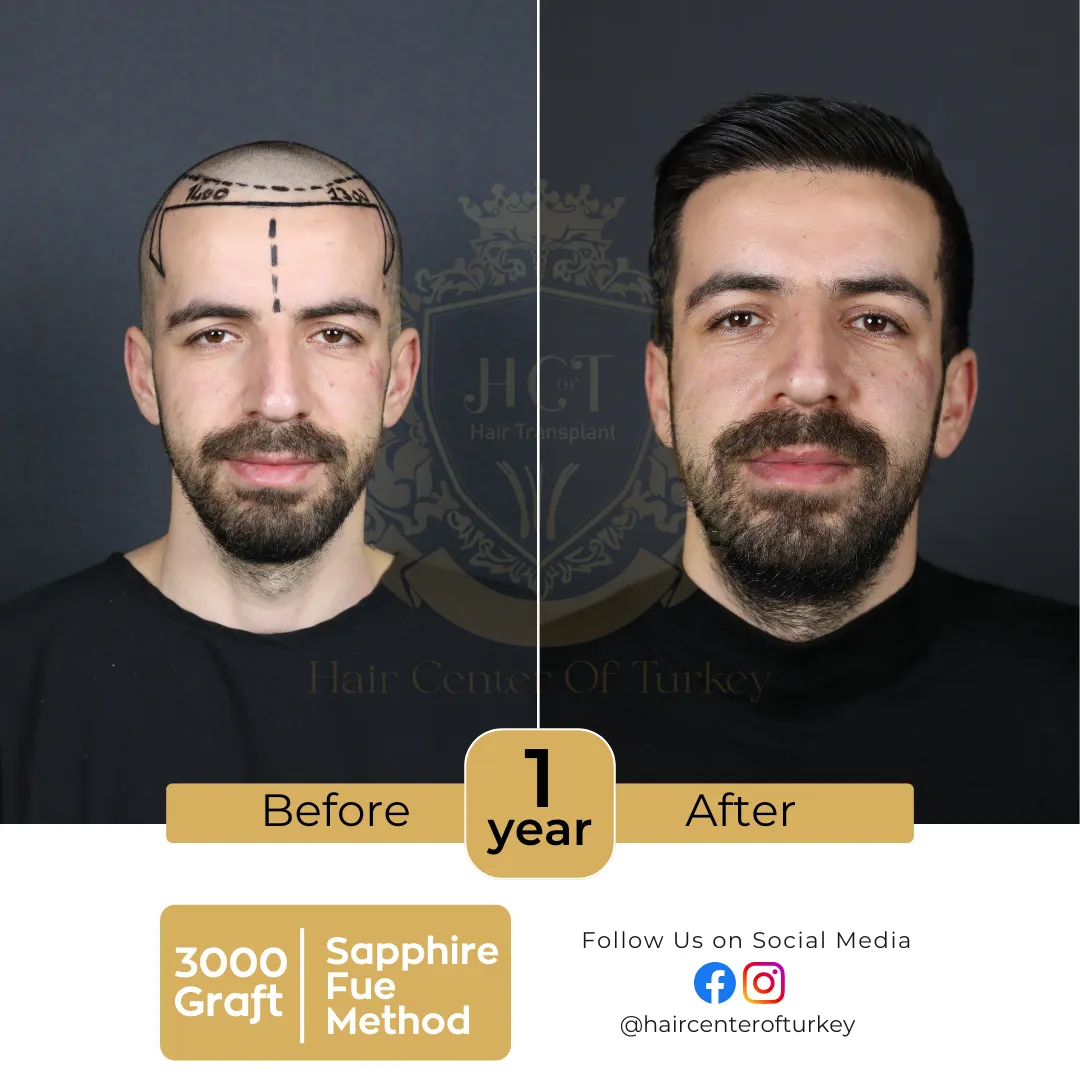
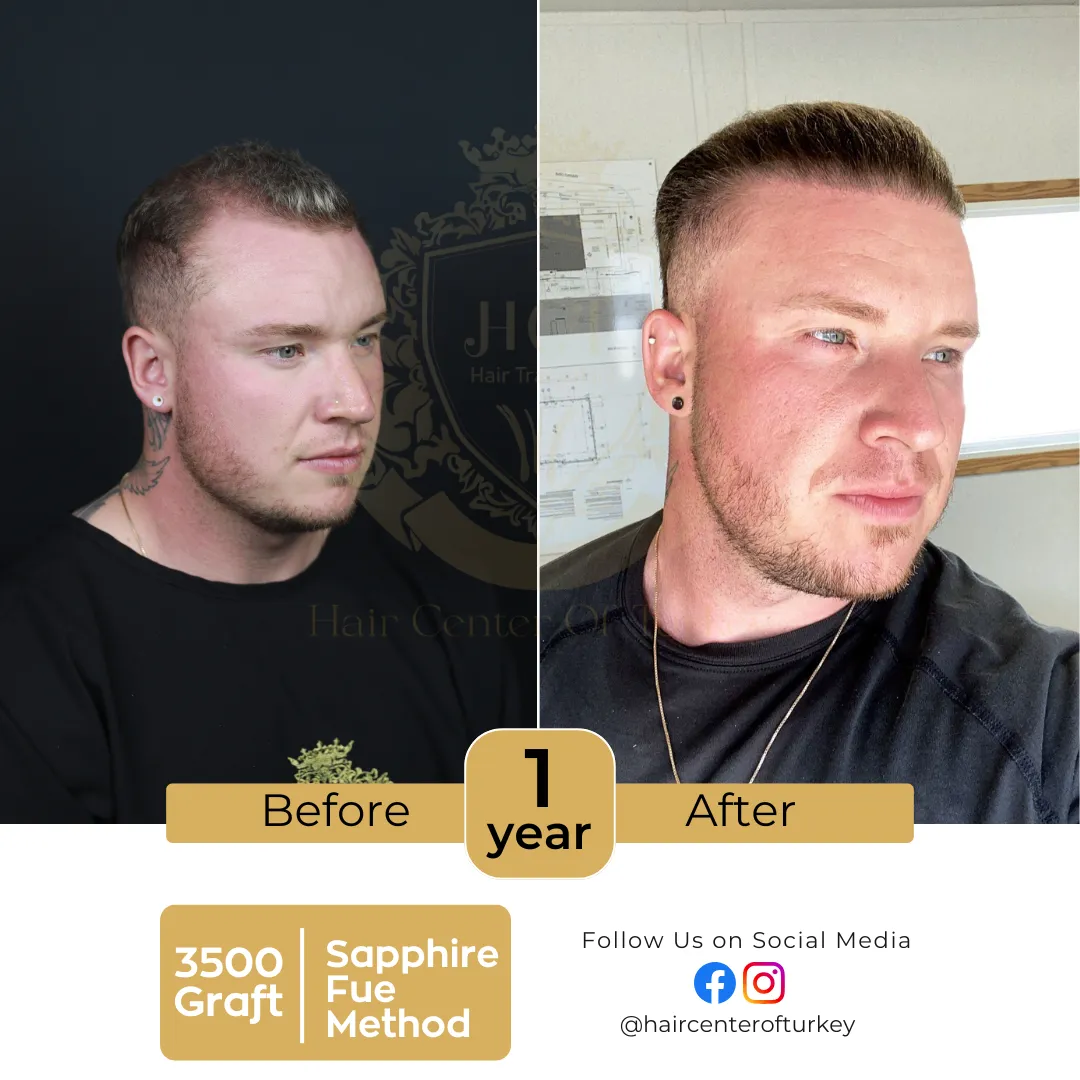
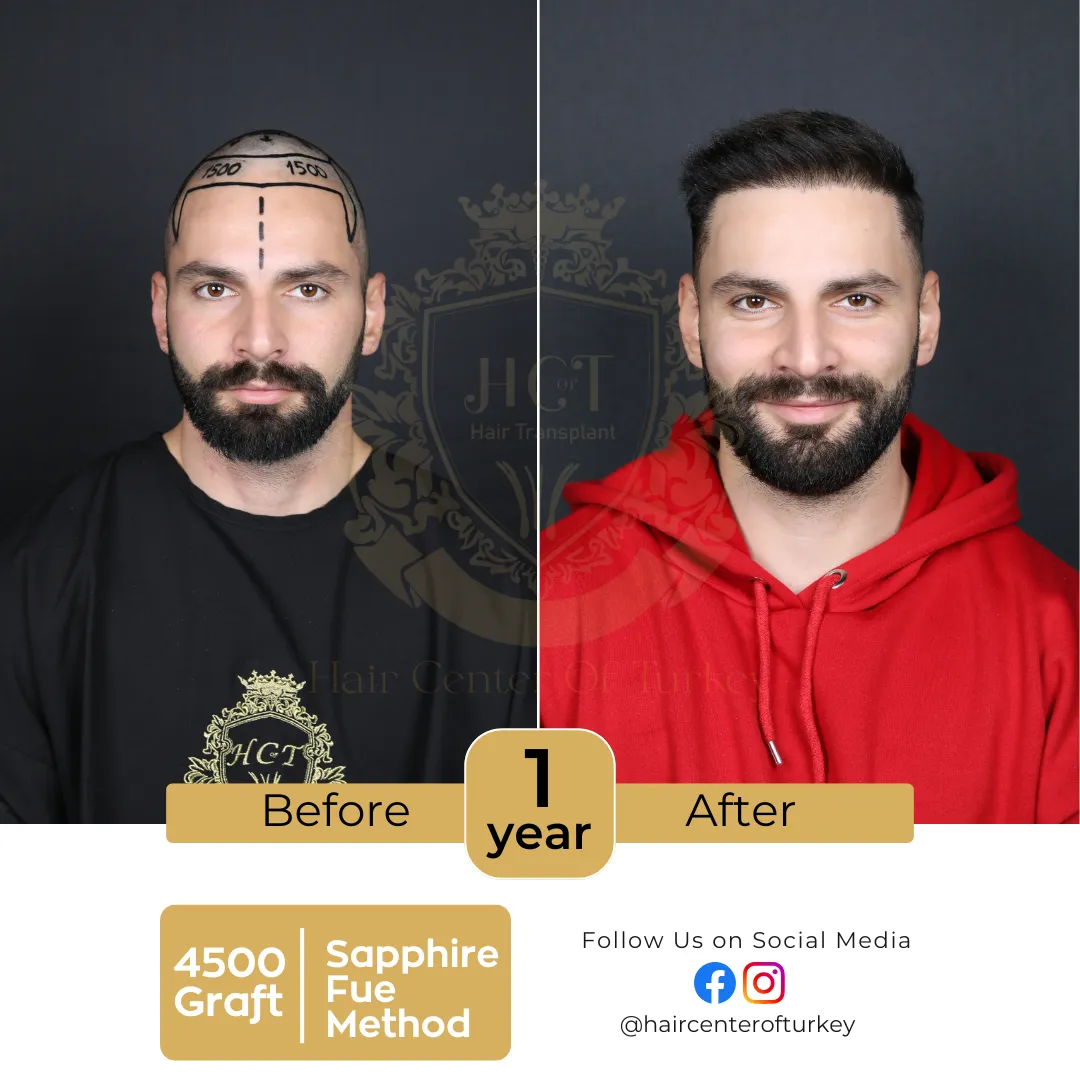


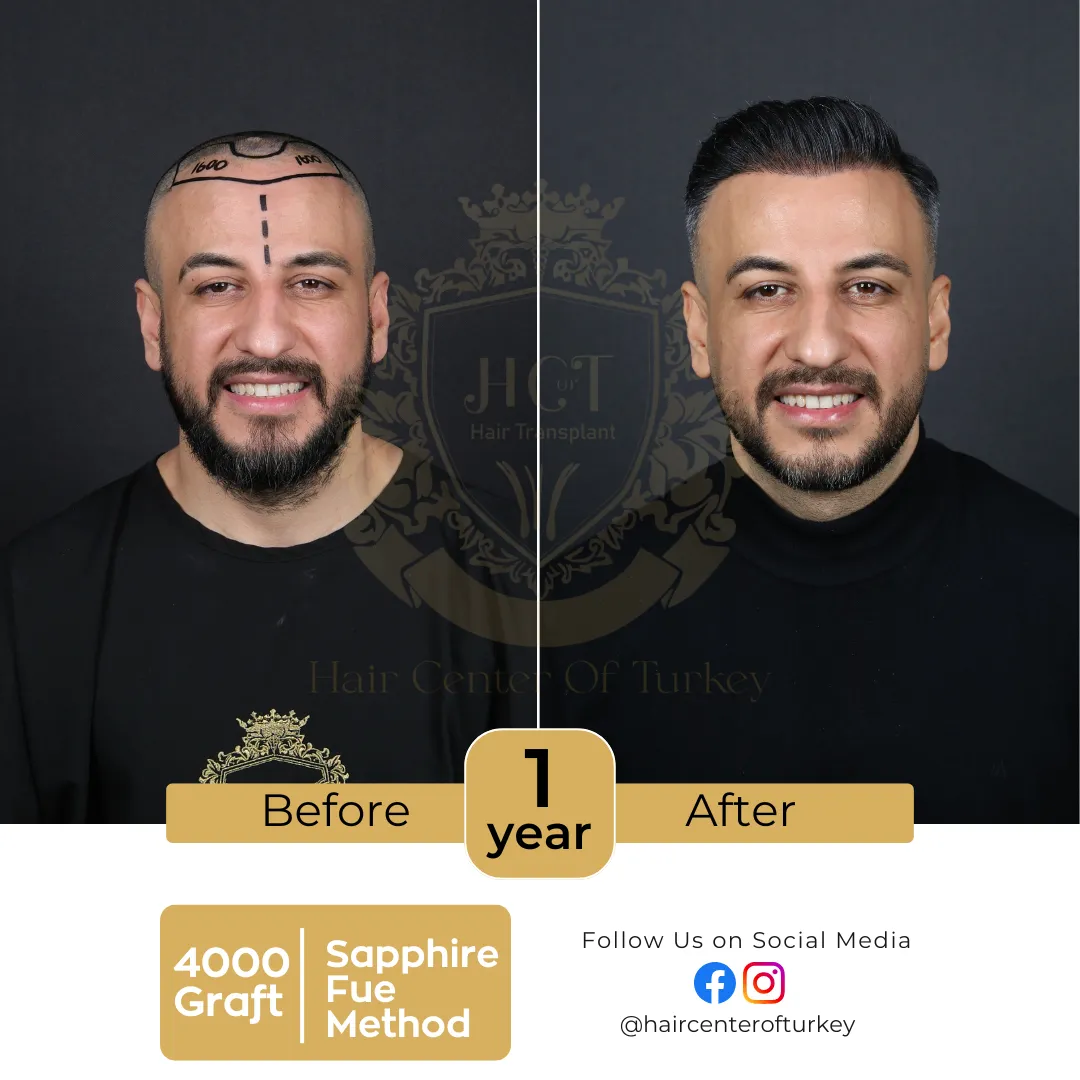
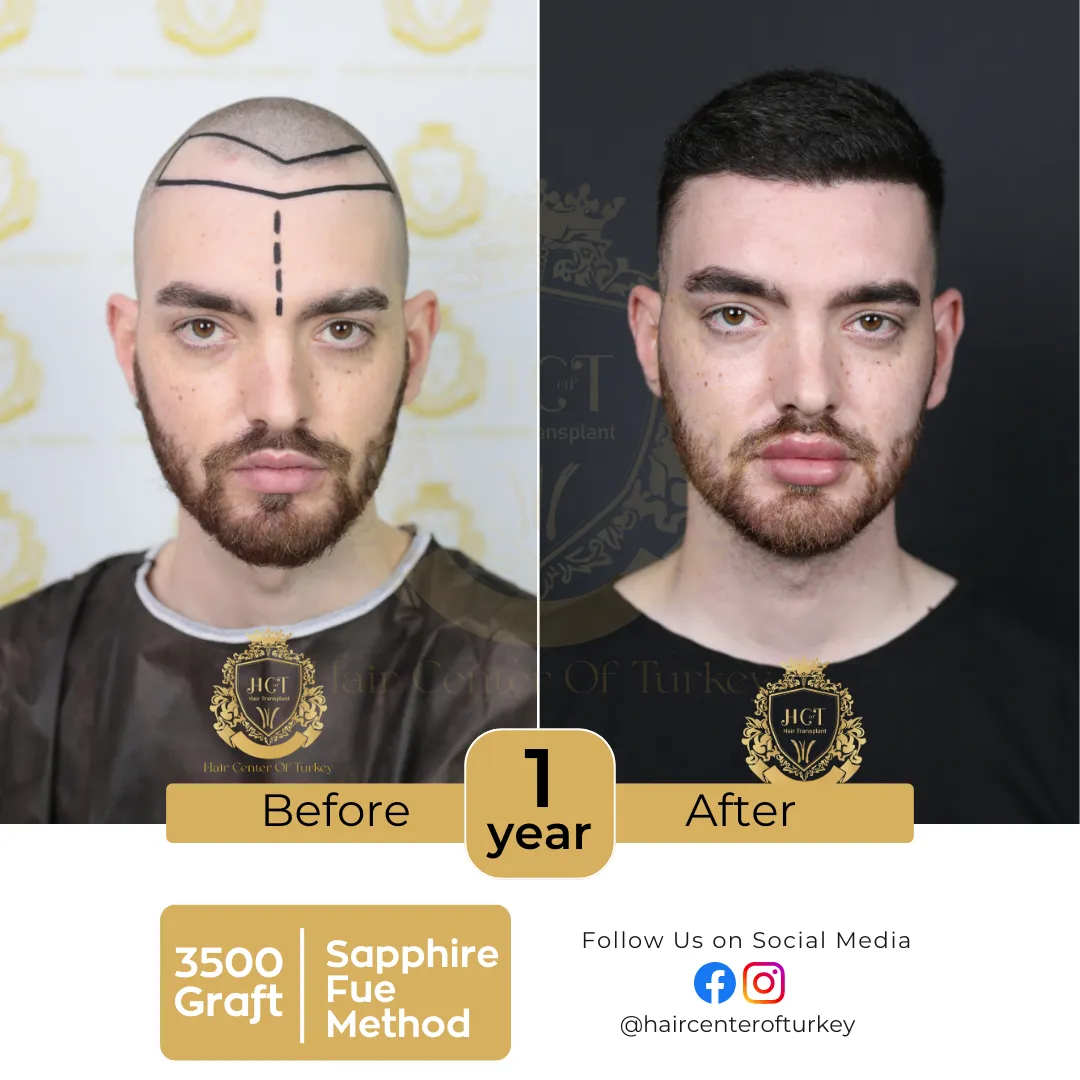
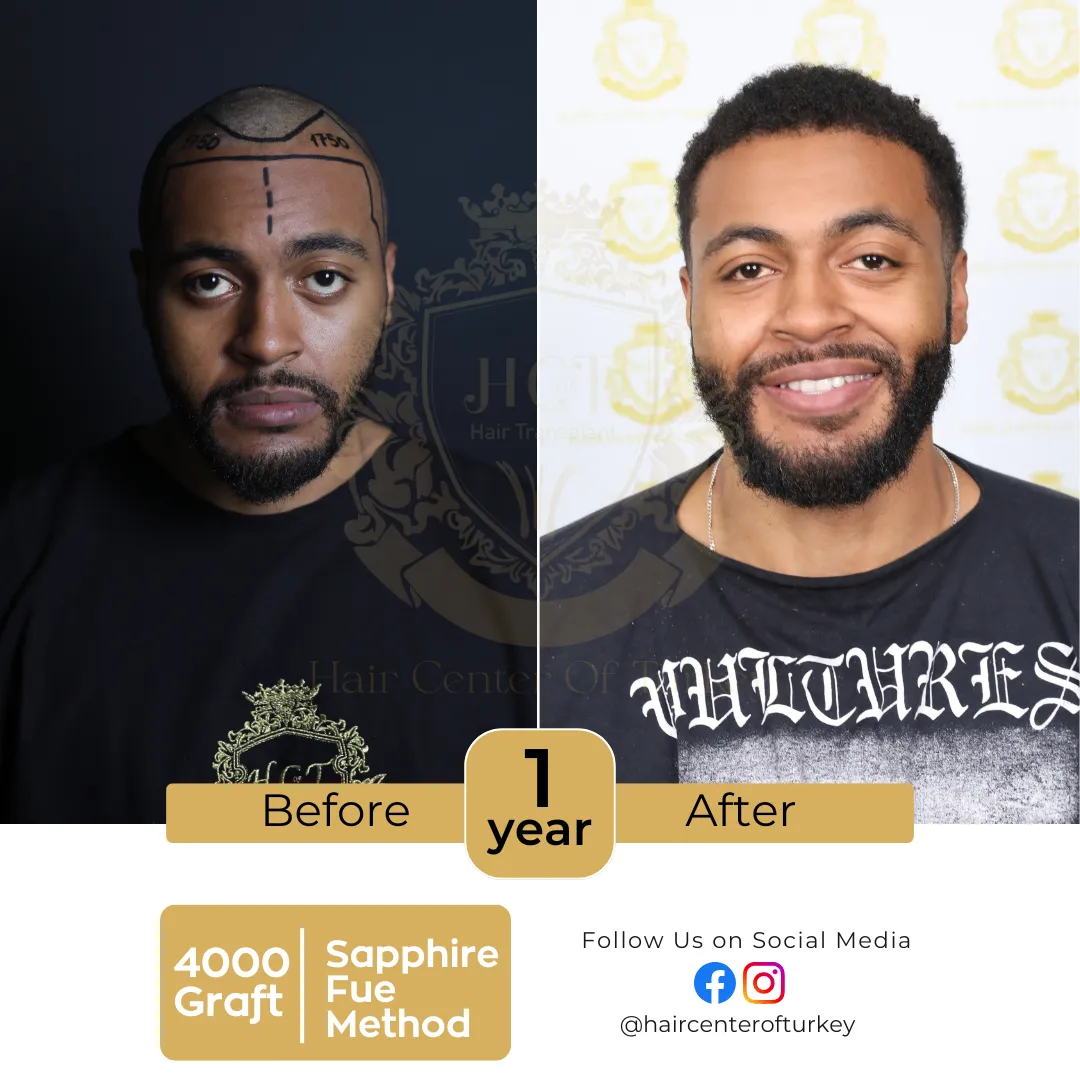


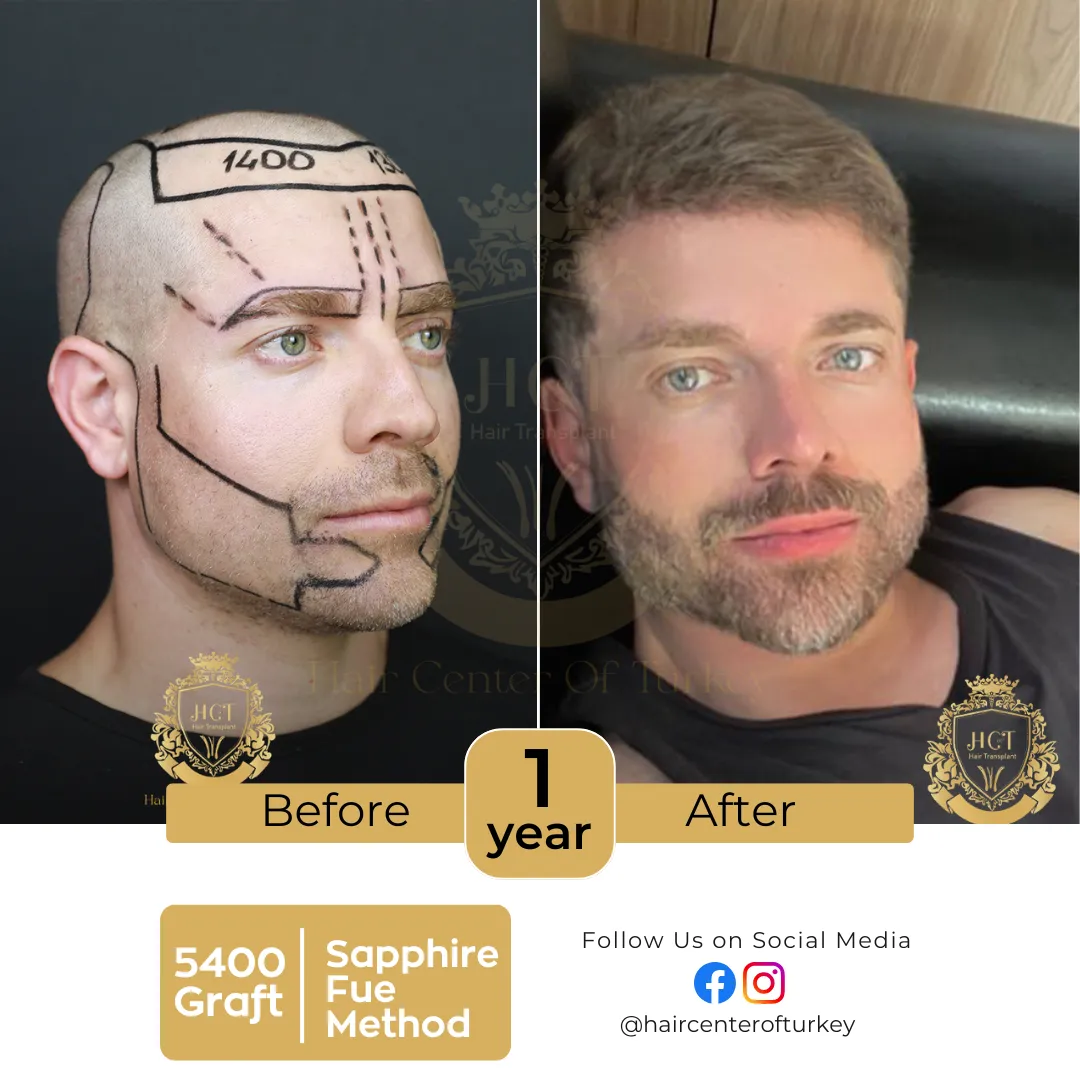
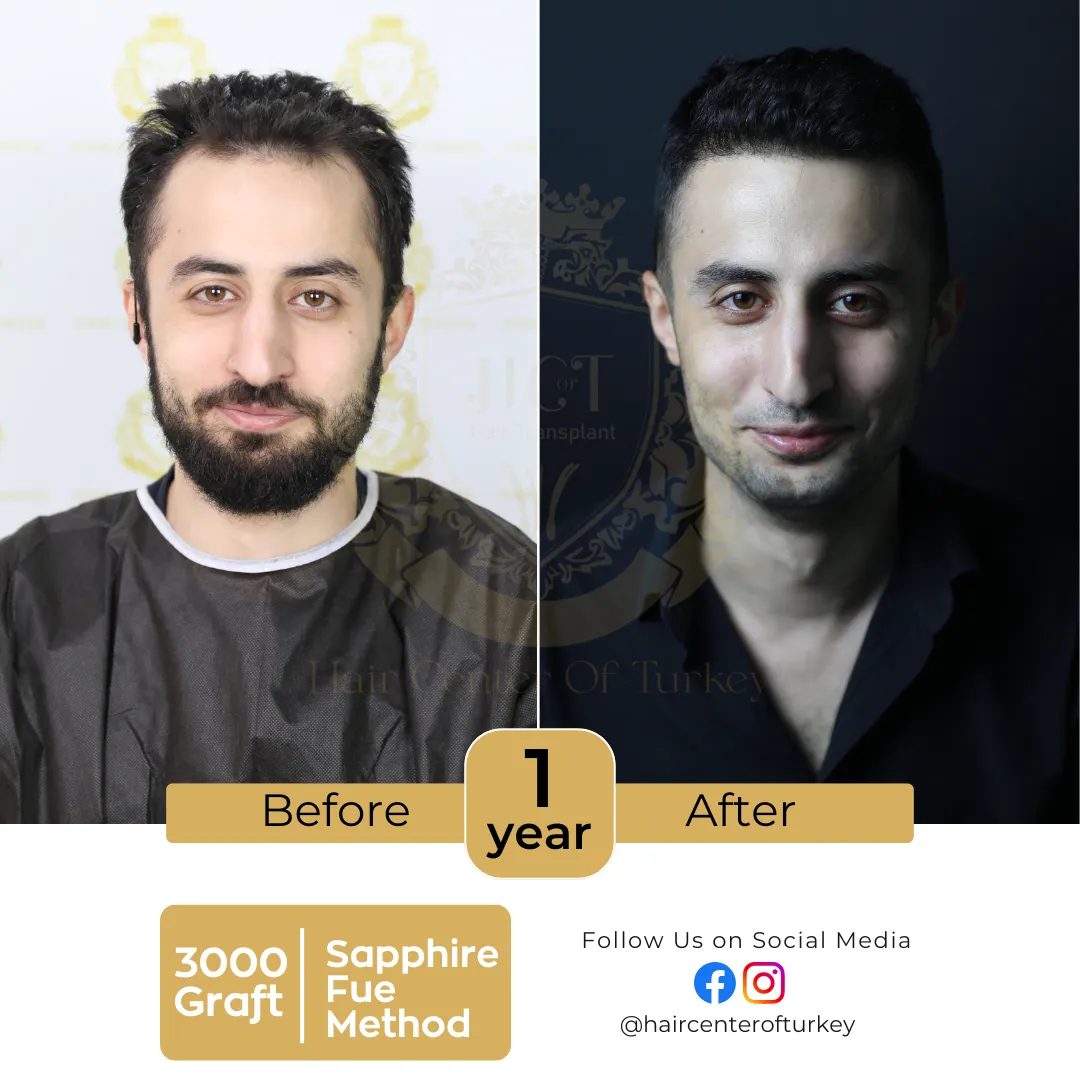


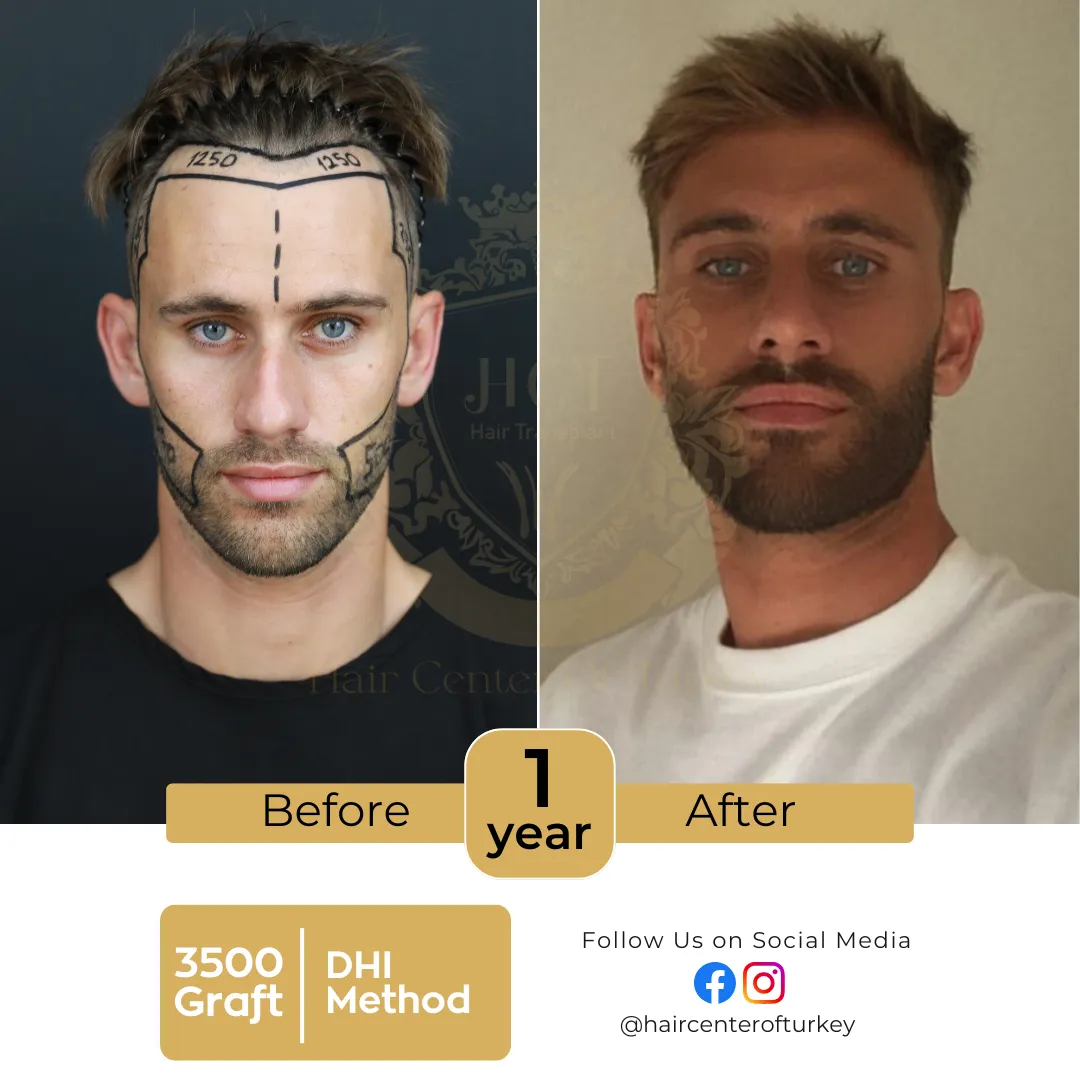

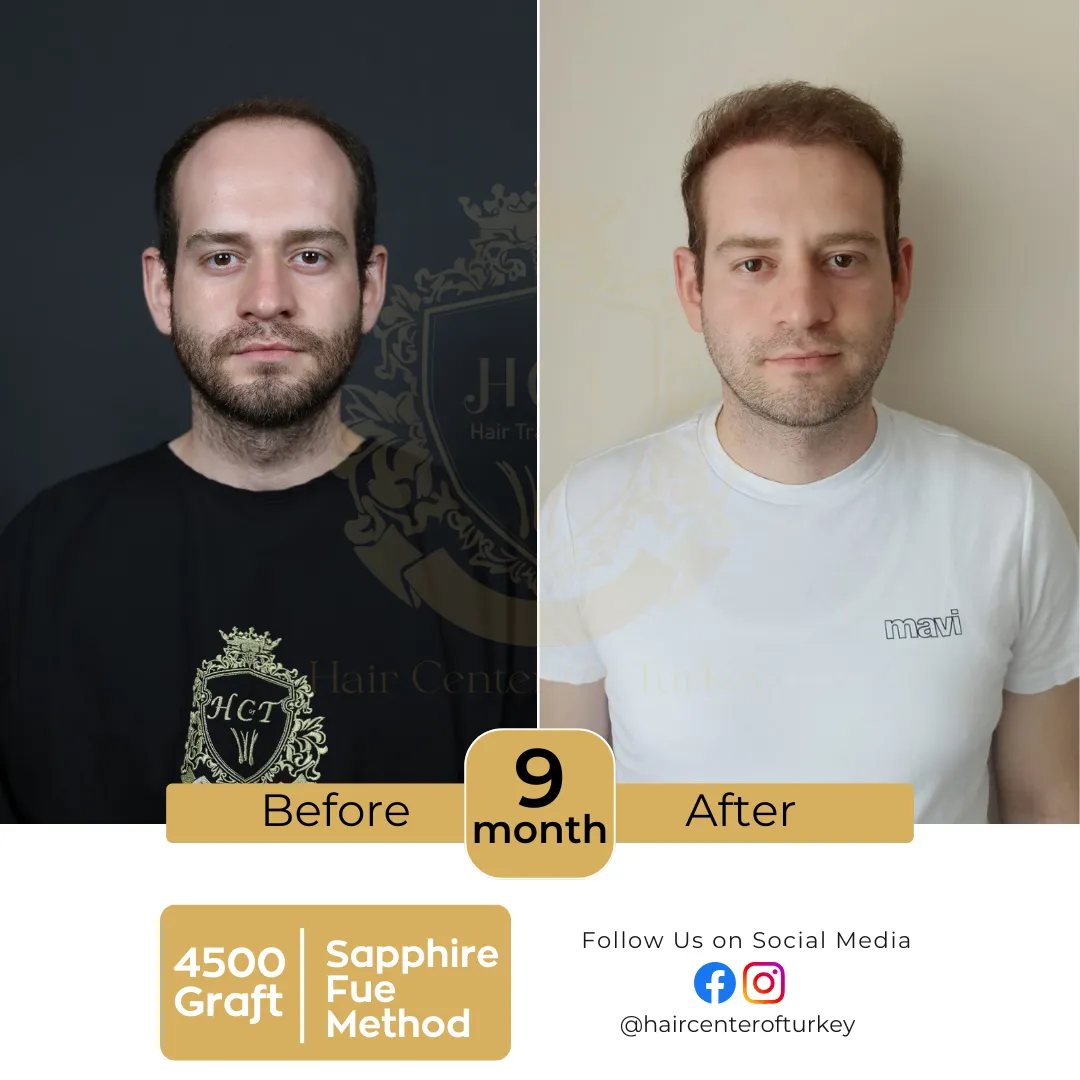
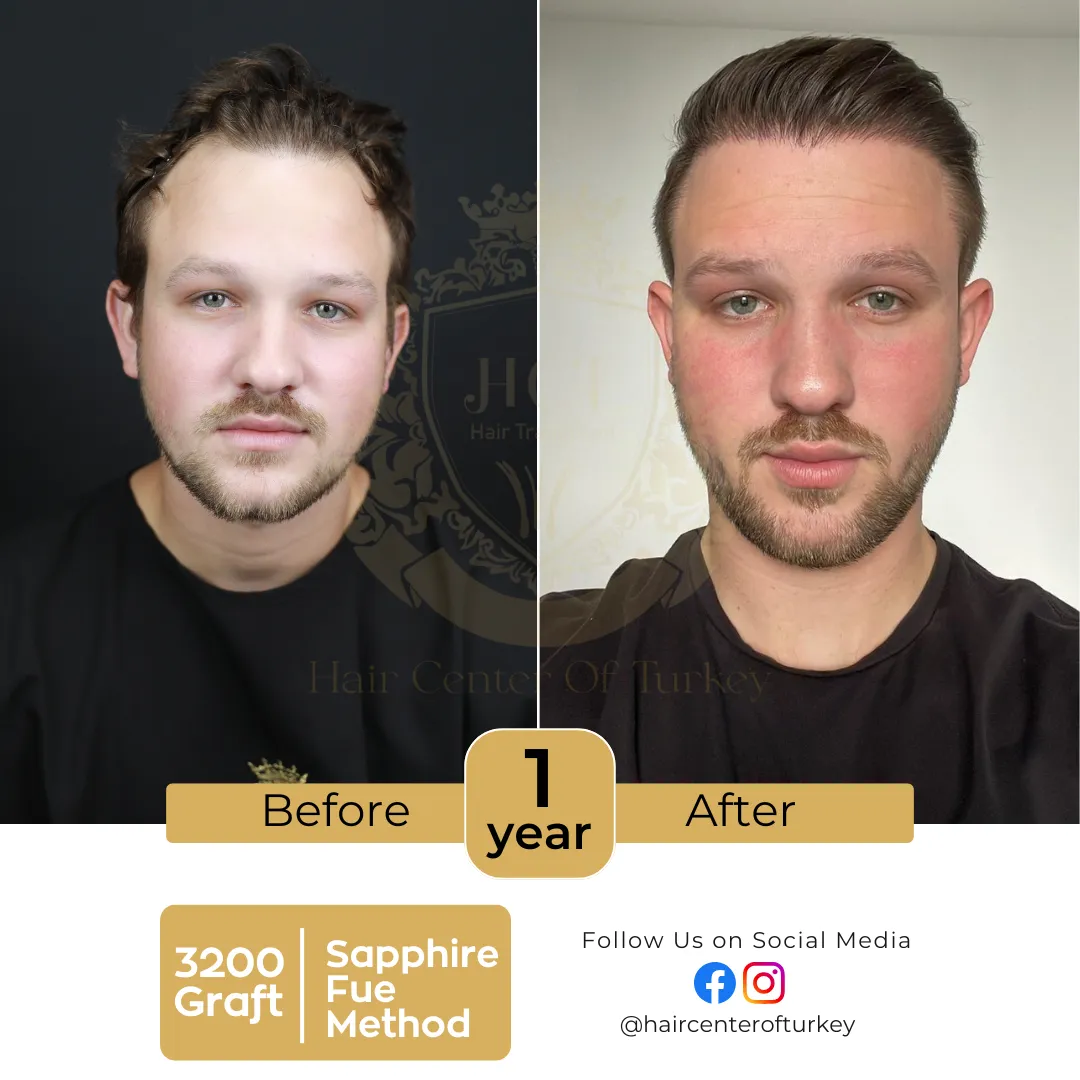
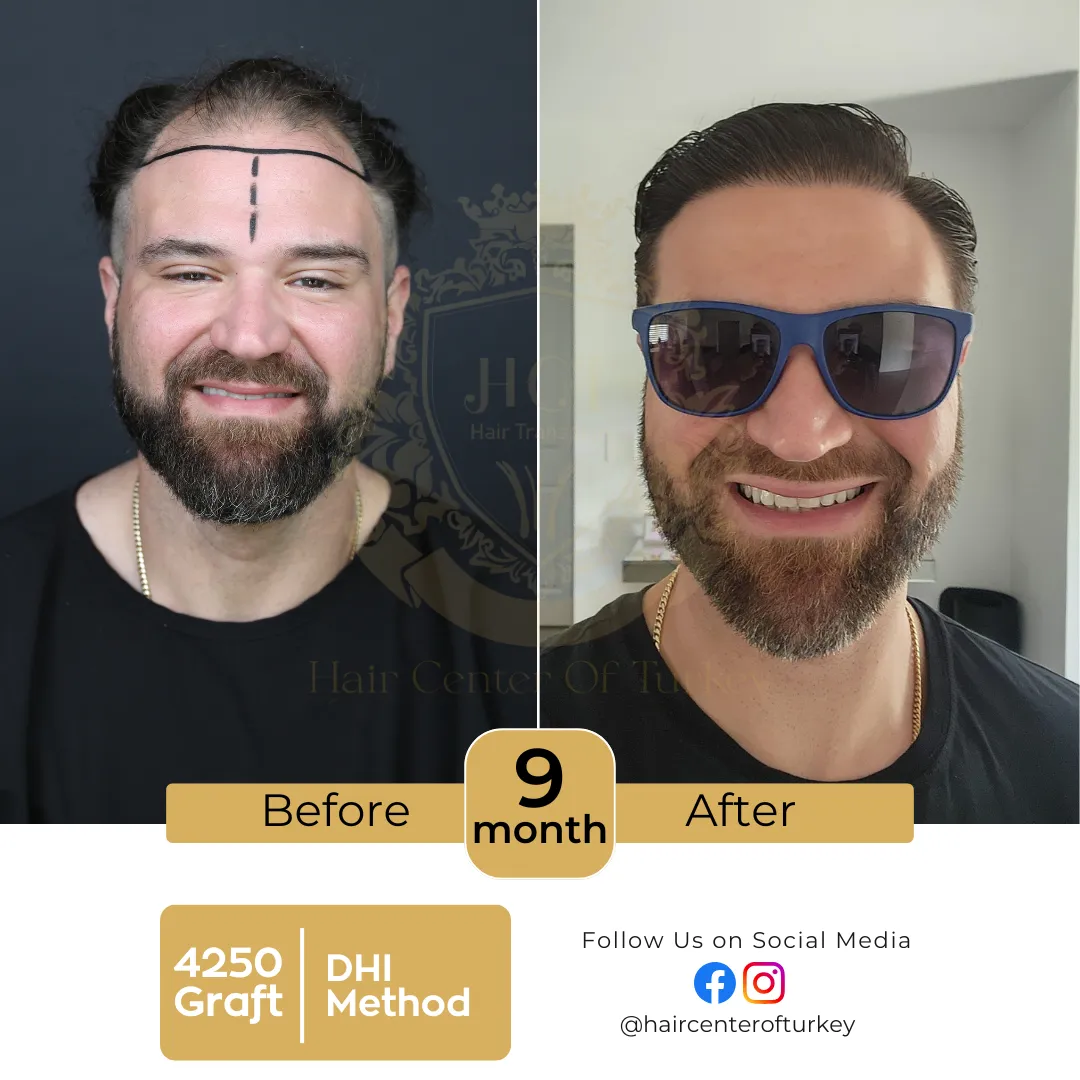
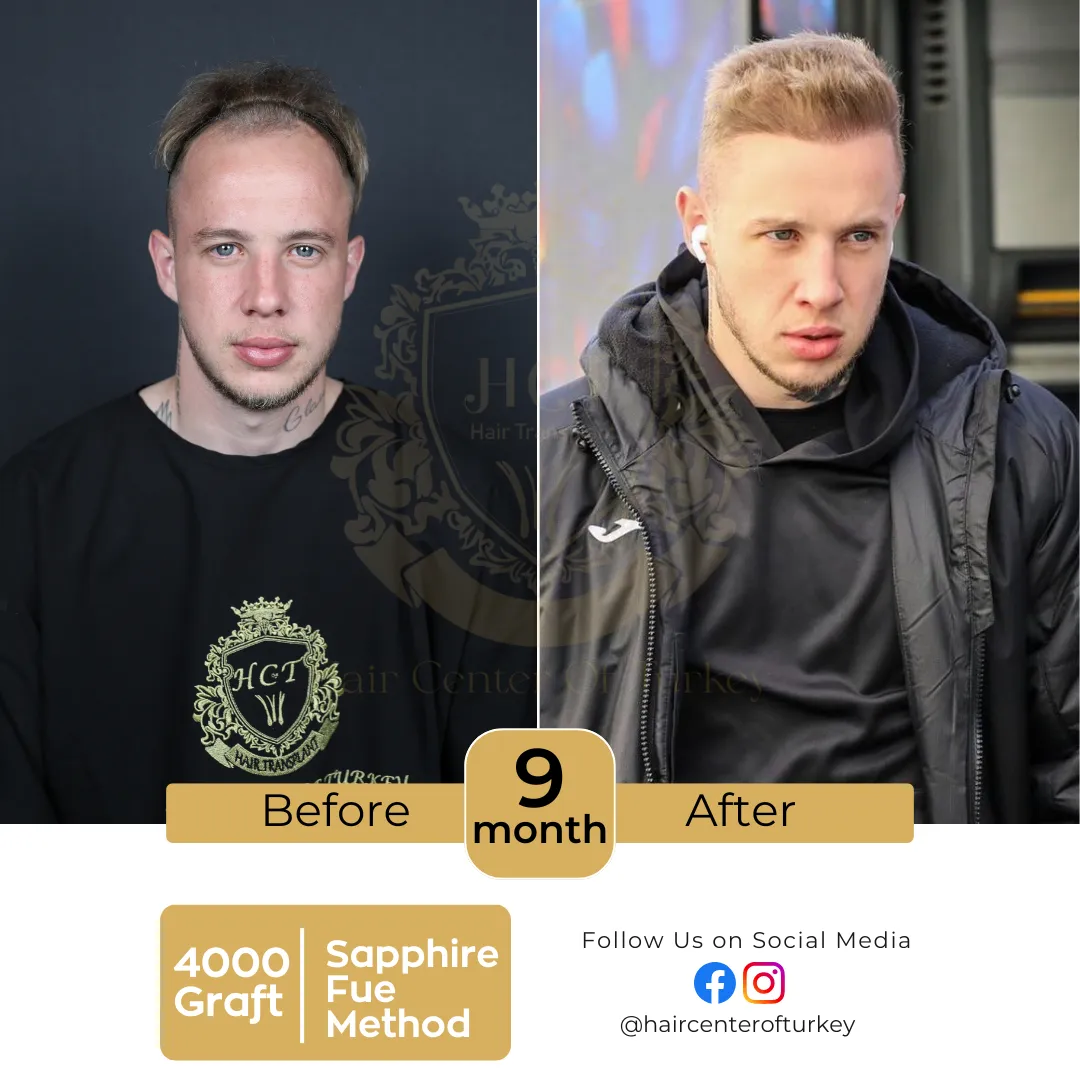
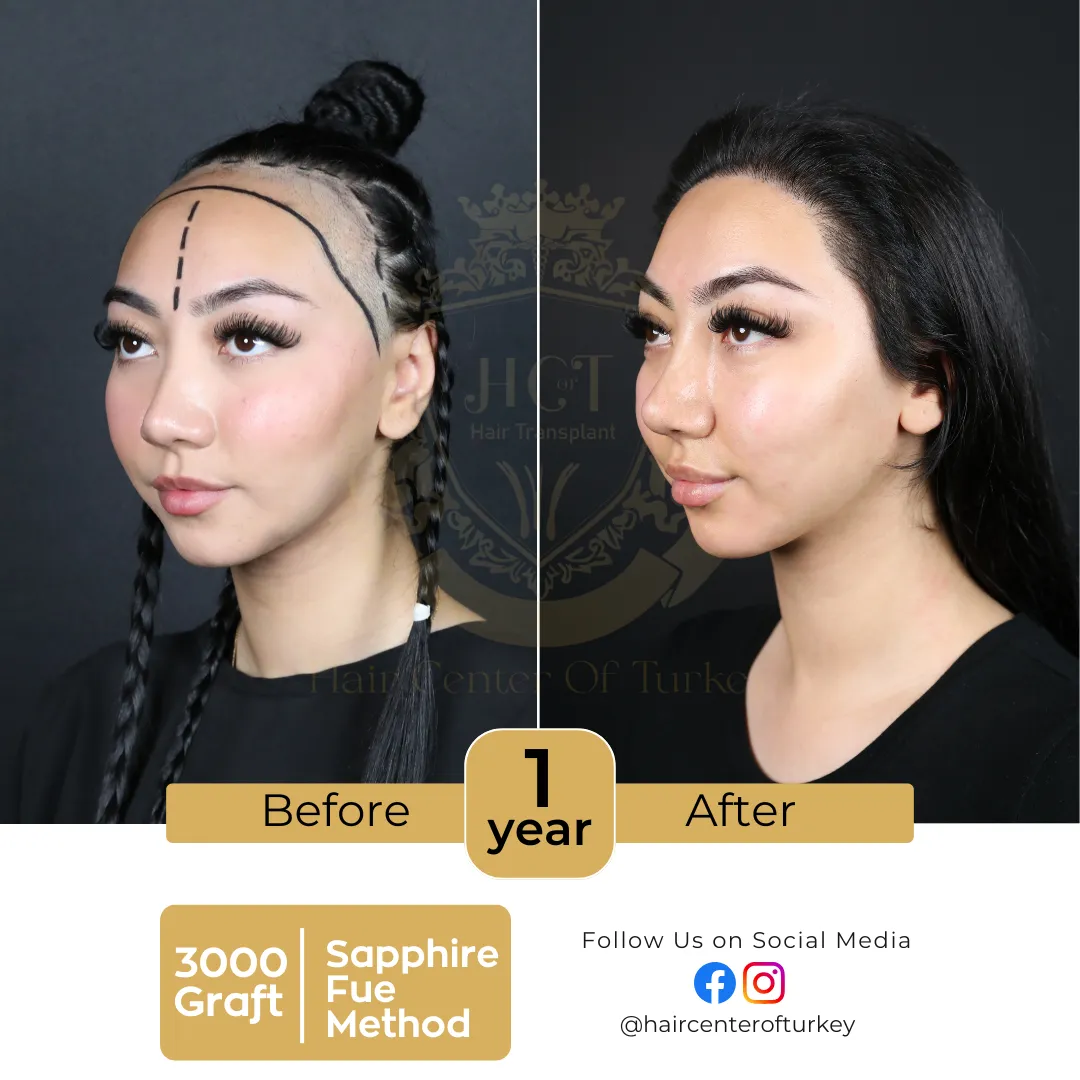
Turkey Hair Transplant Before & After
Before and after images of hair transplantation are the first things that people who are considering hair transplantation are curious about. Click the button to browse this and more.




































